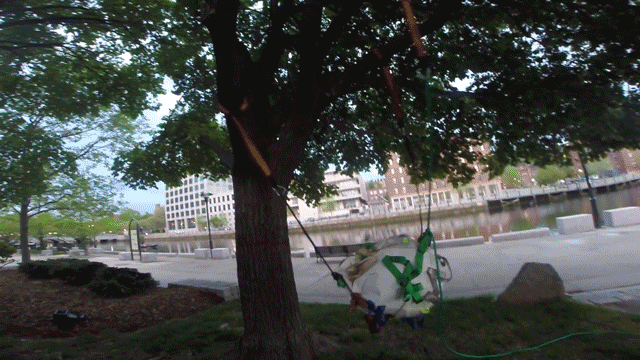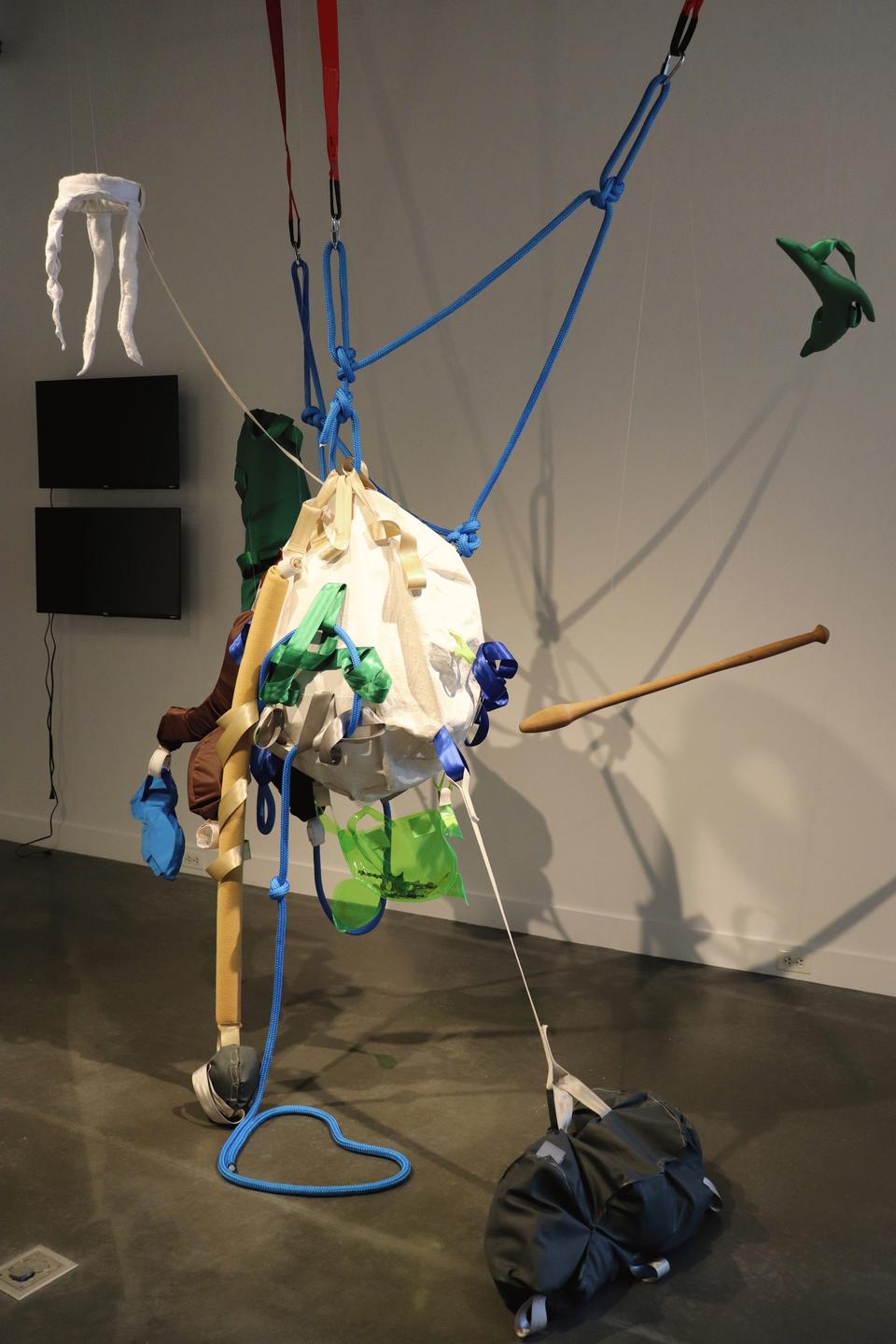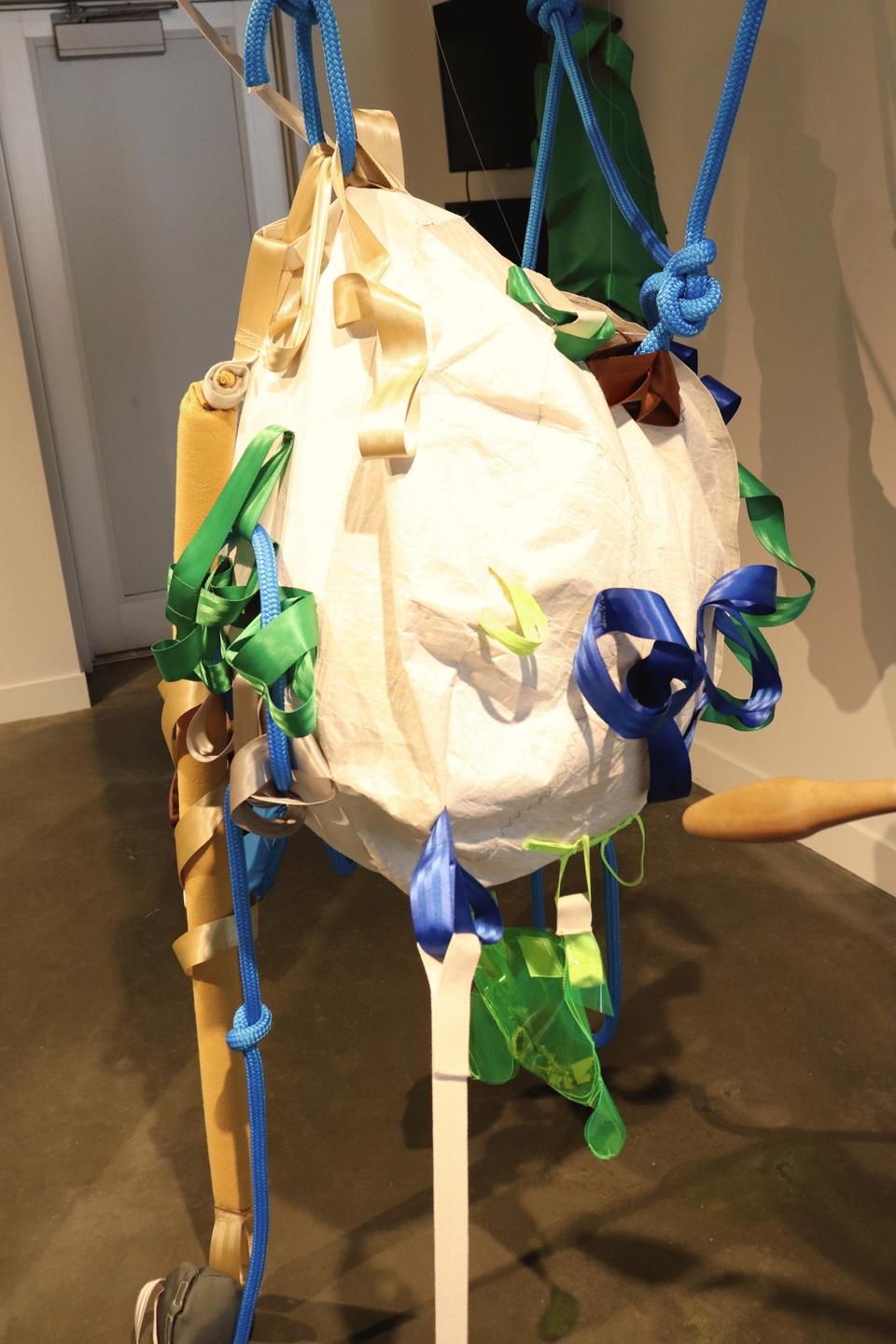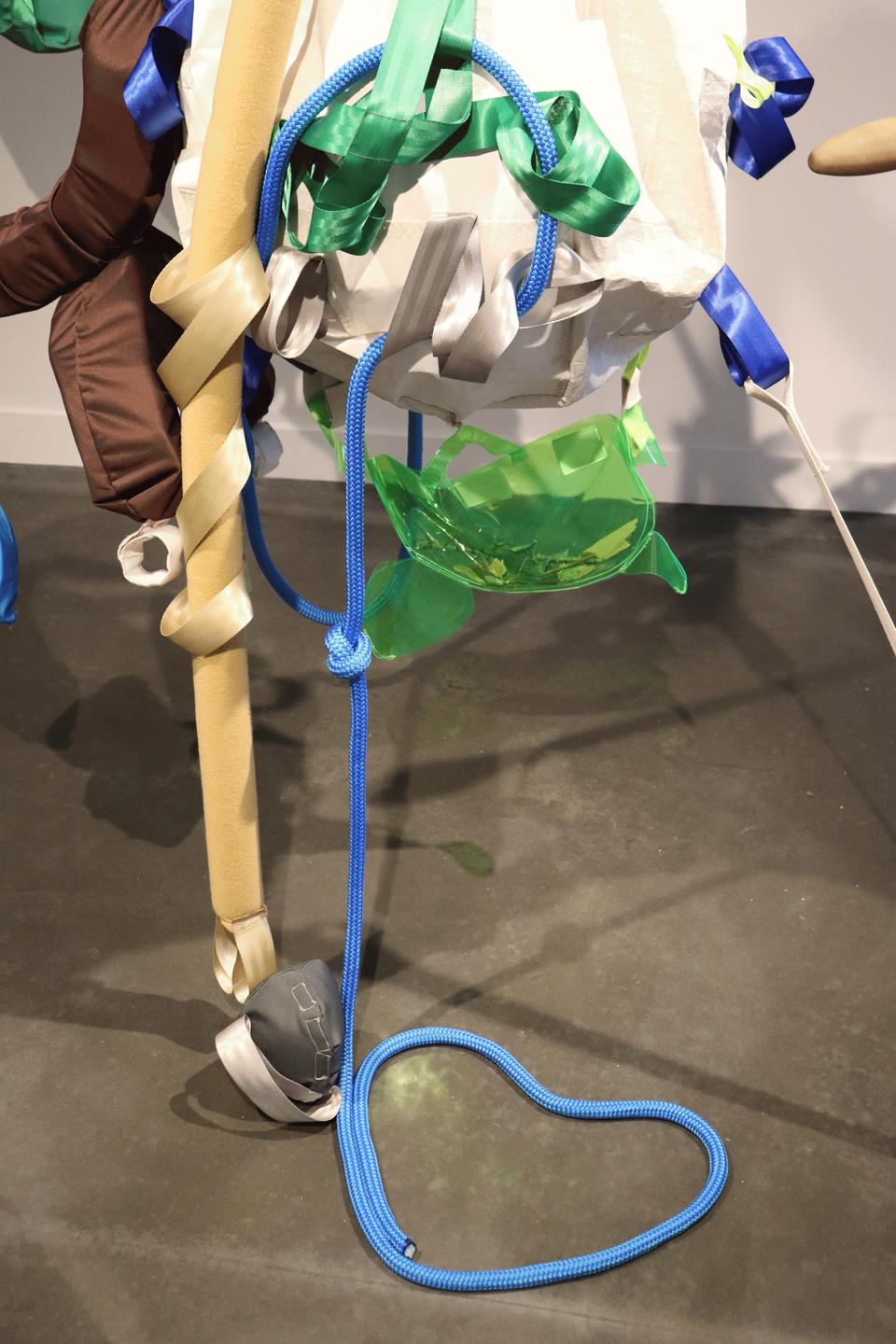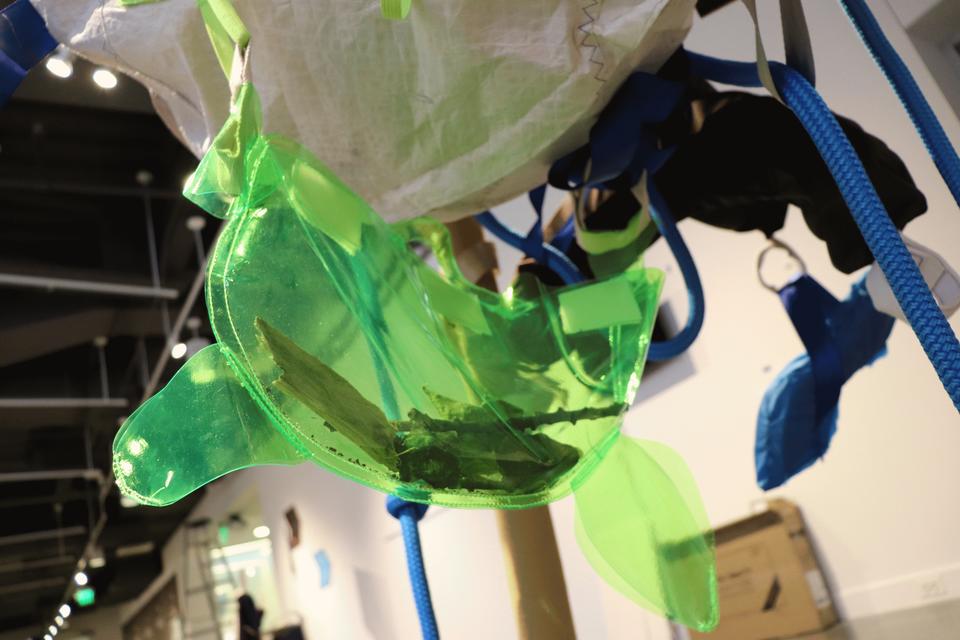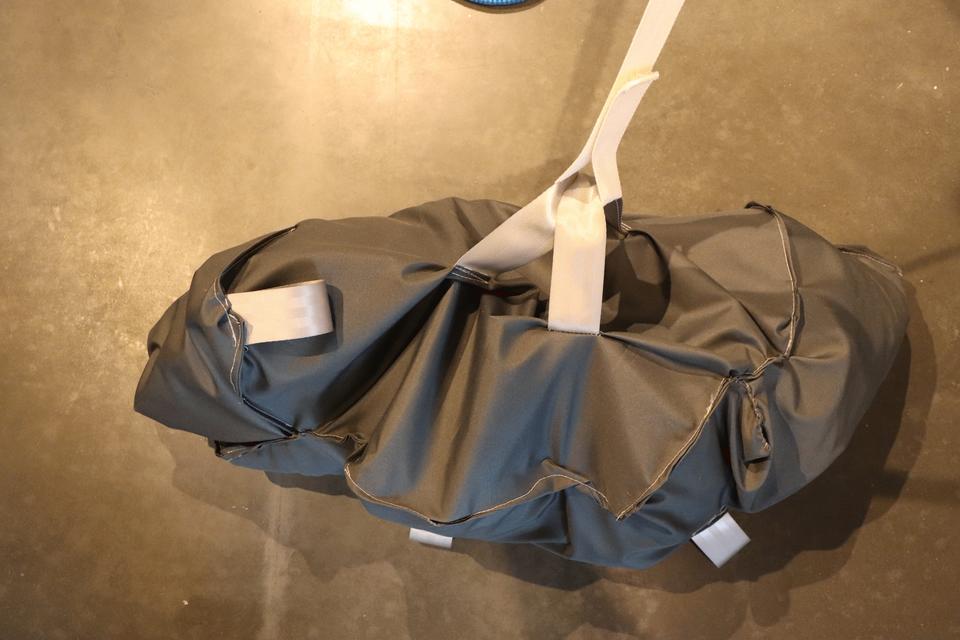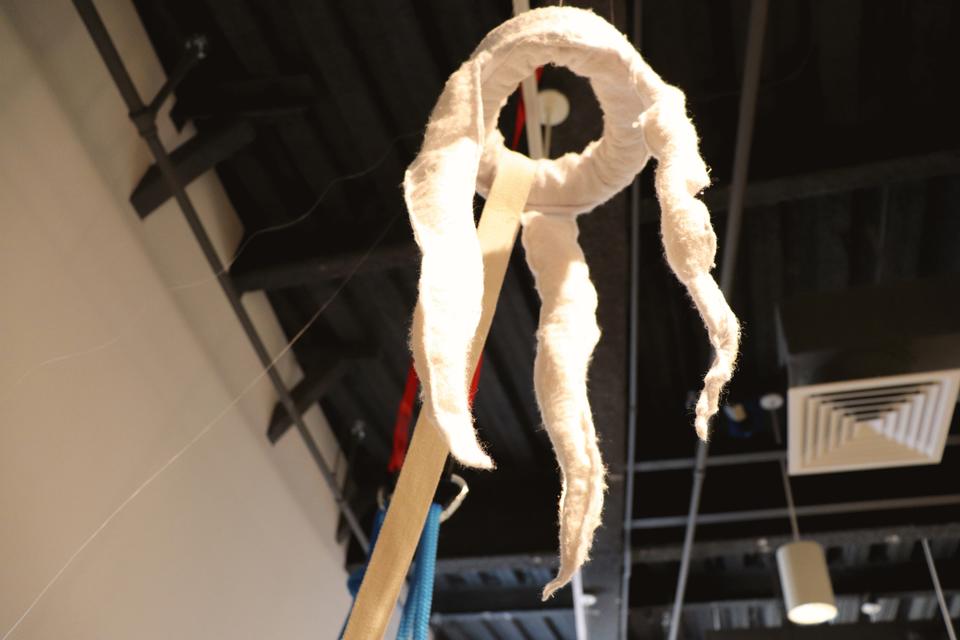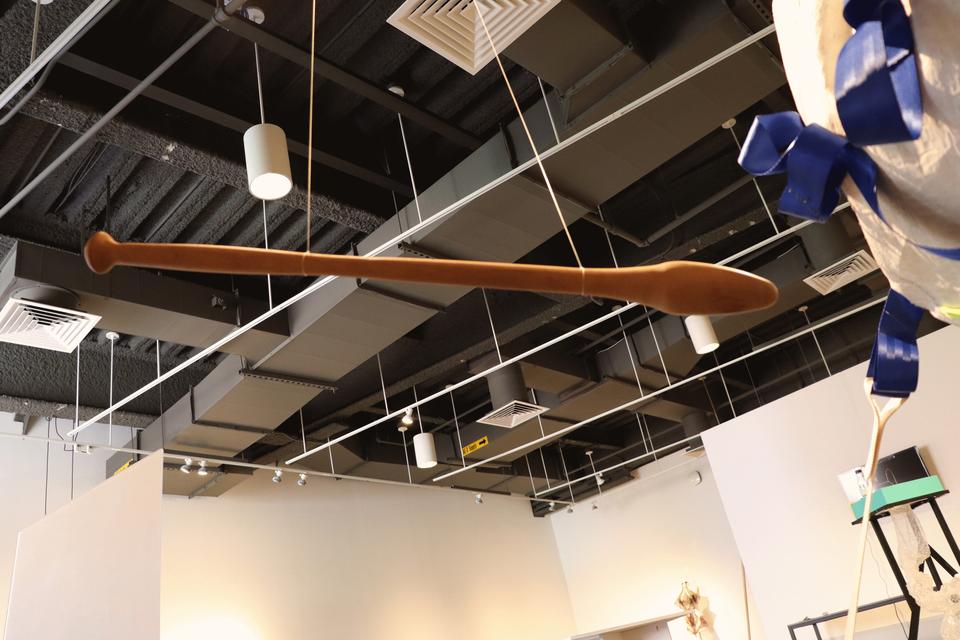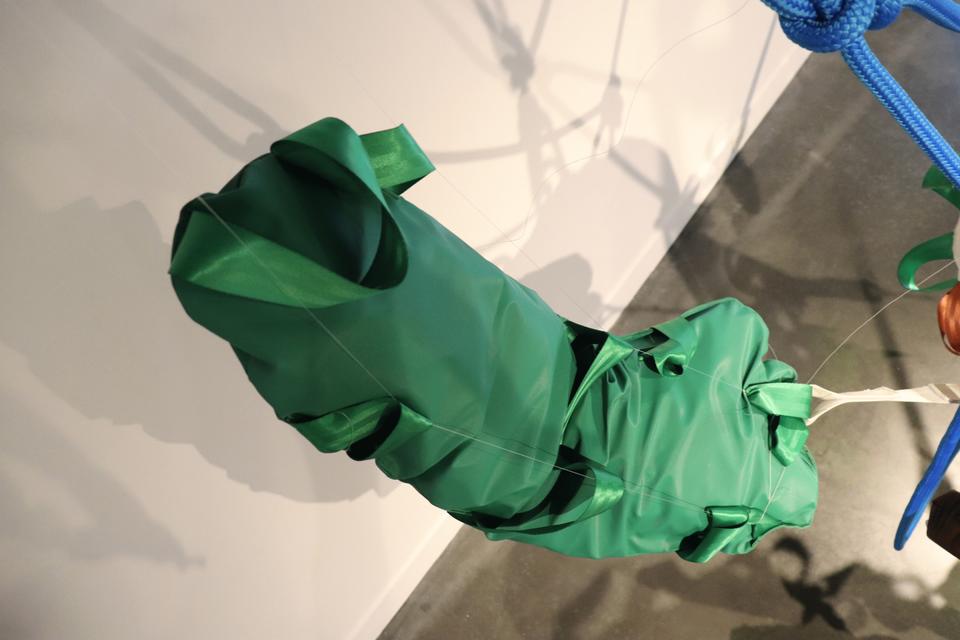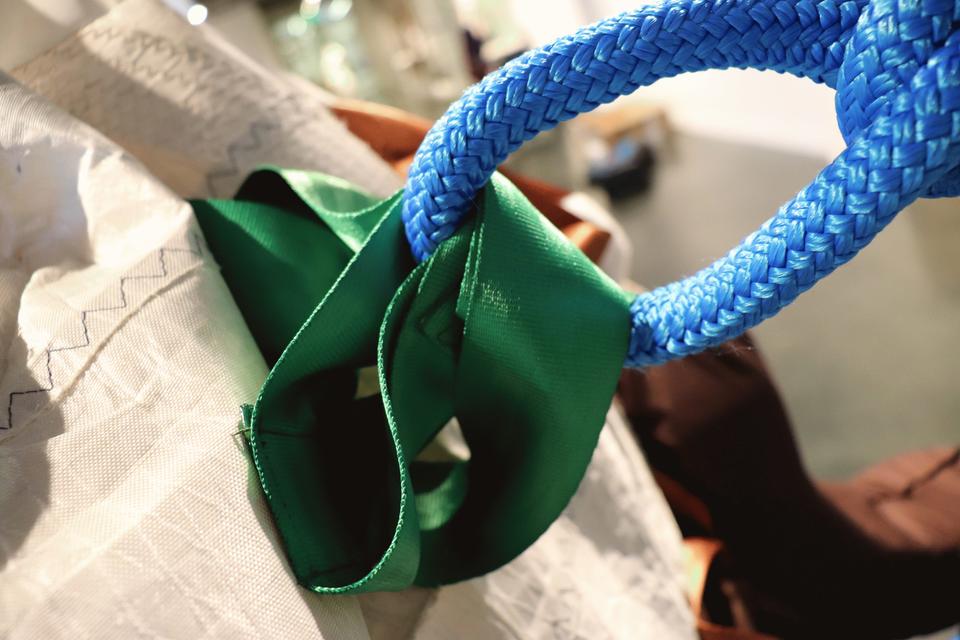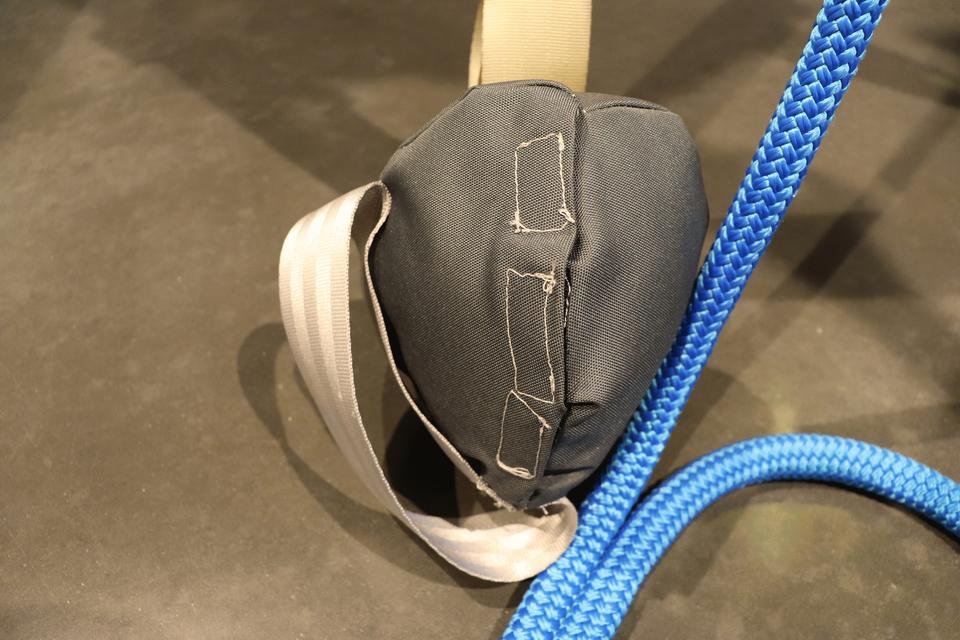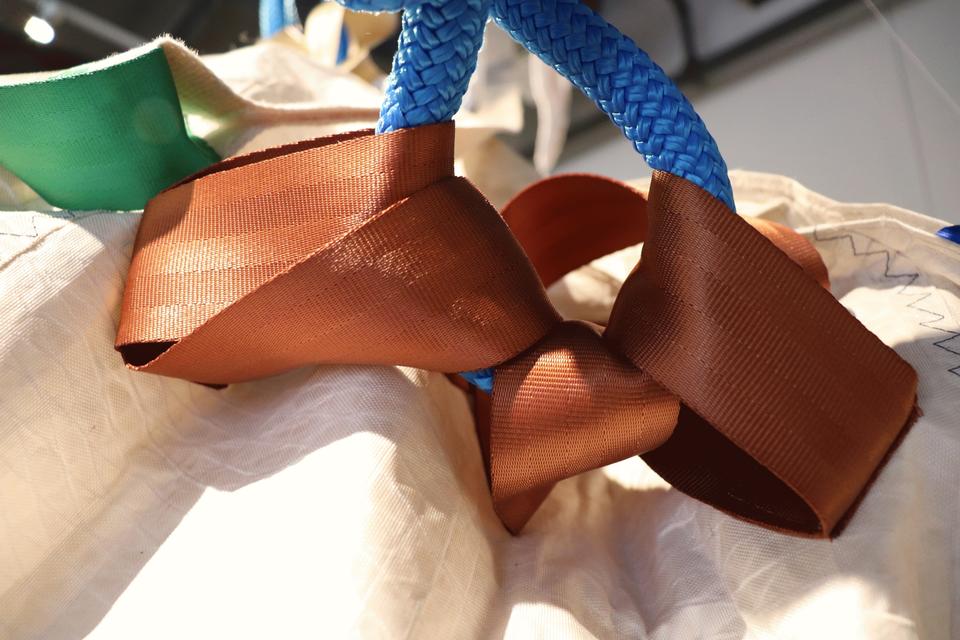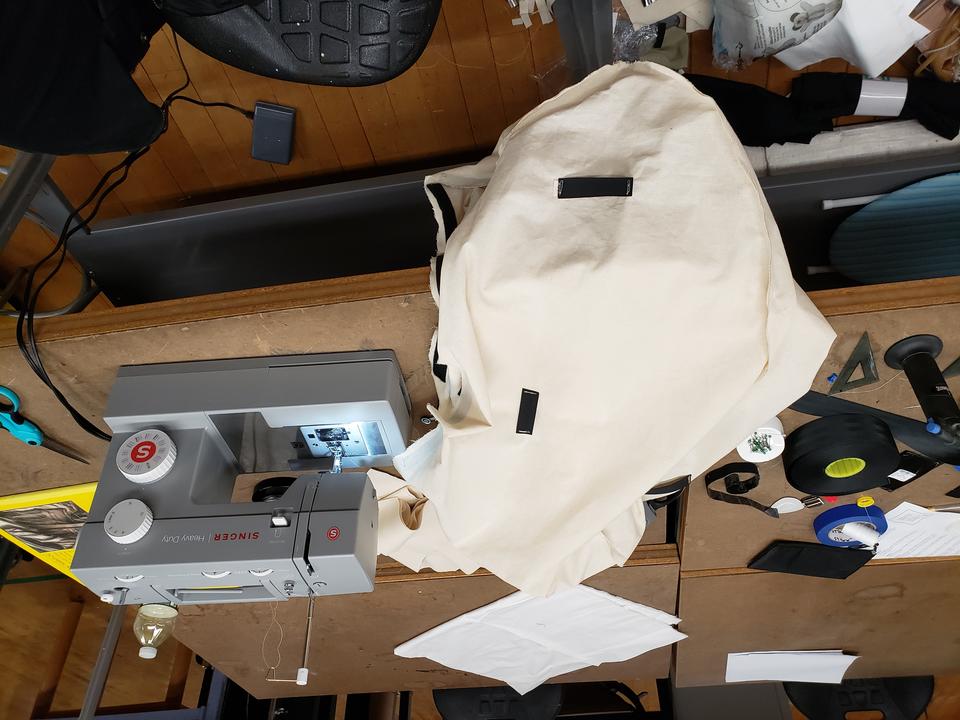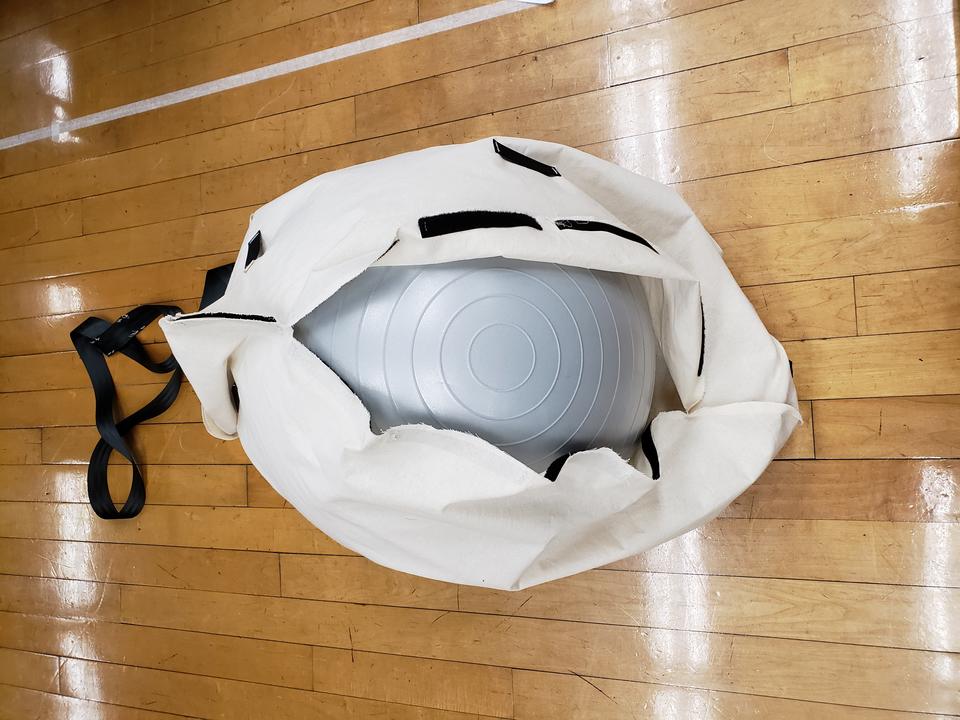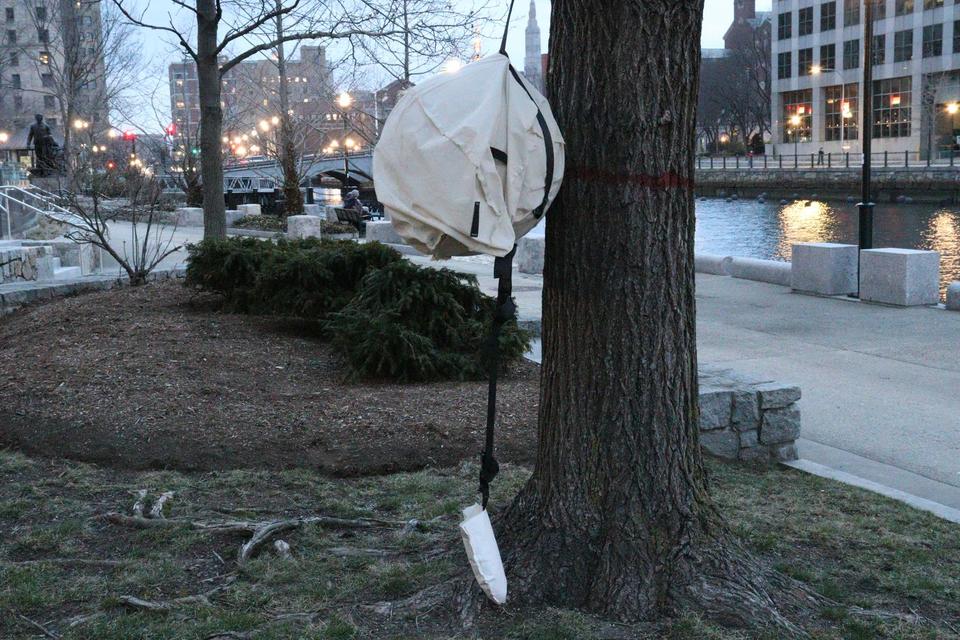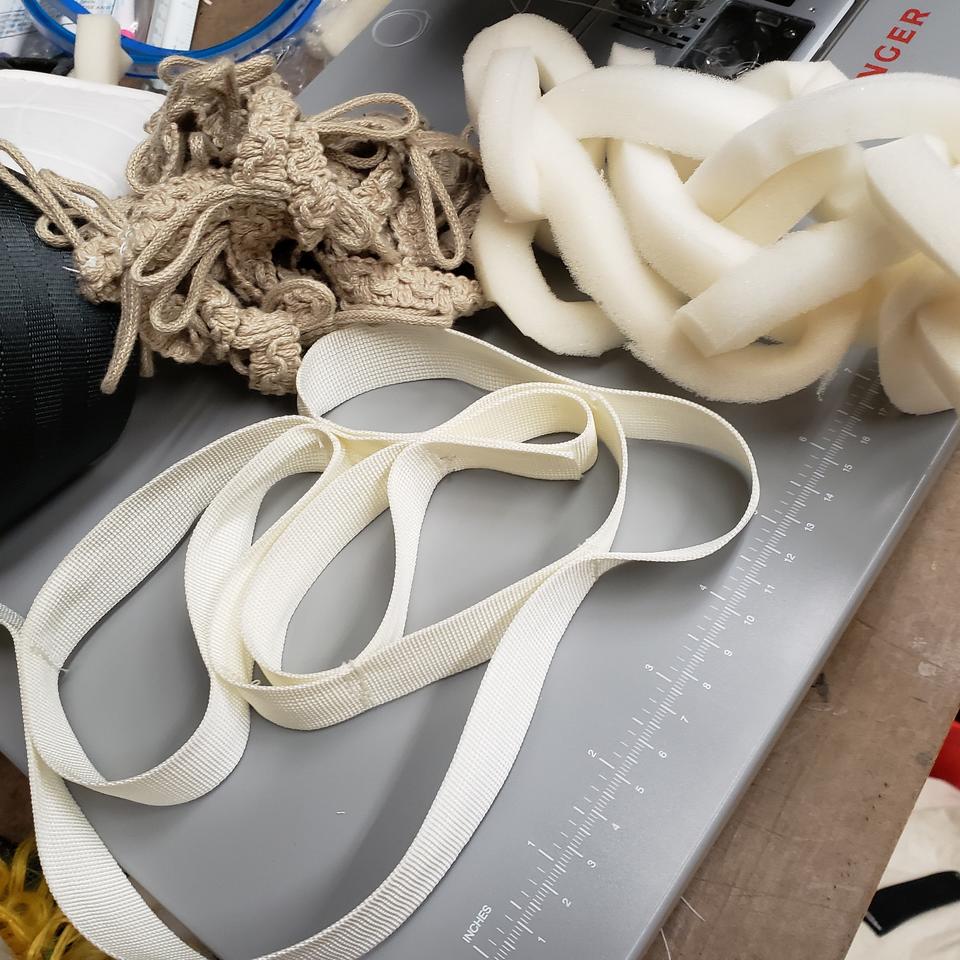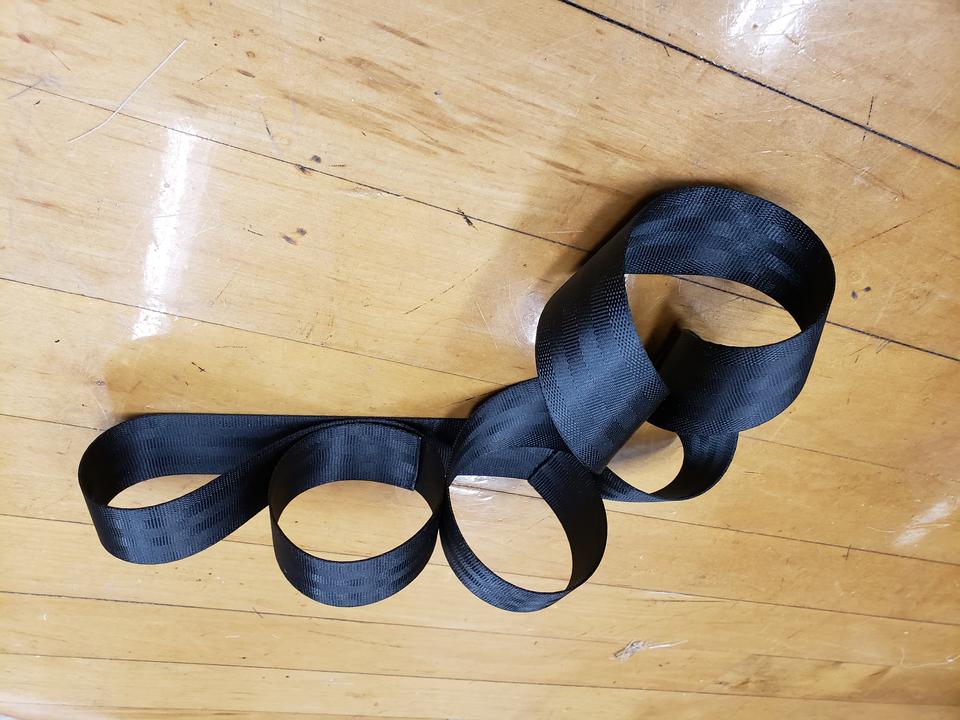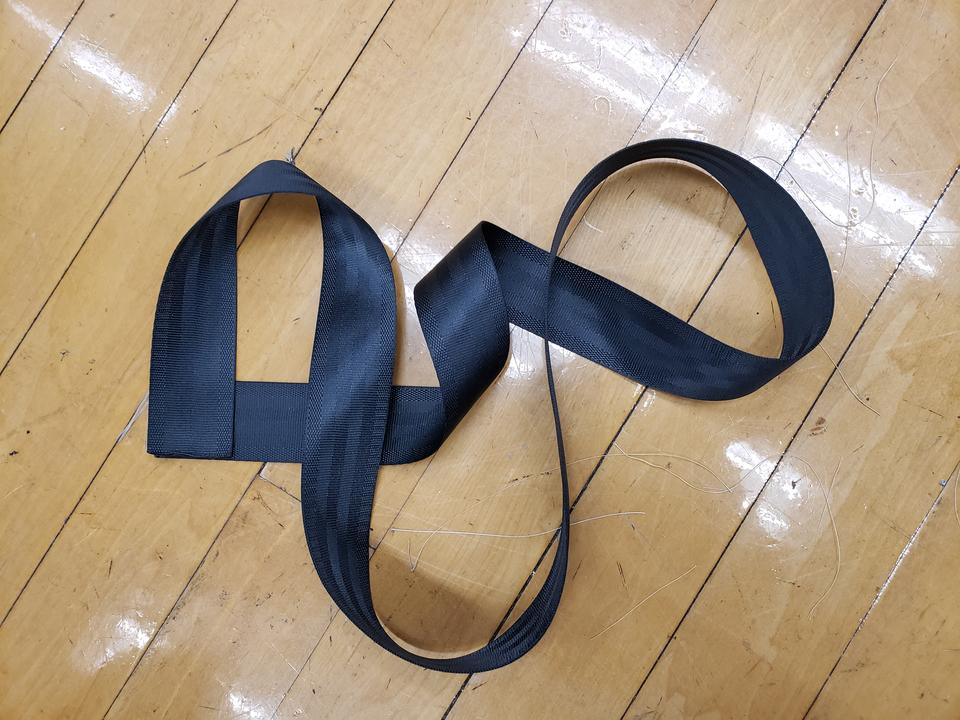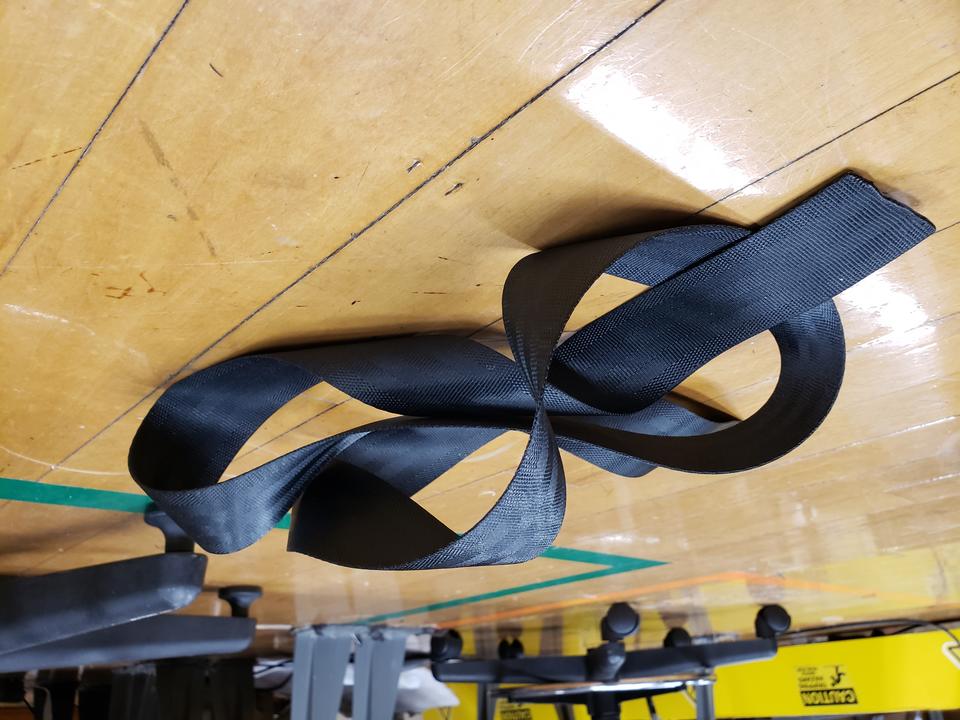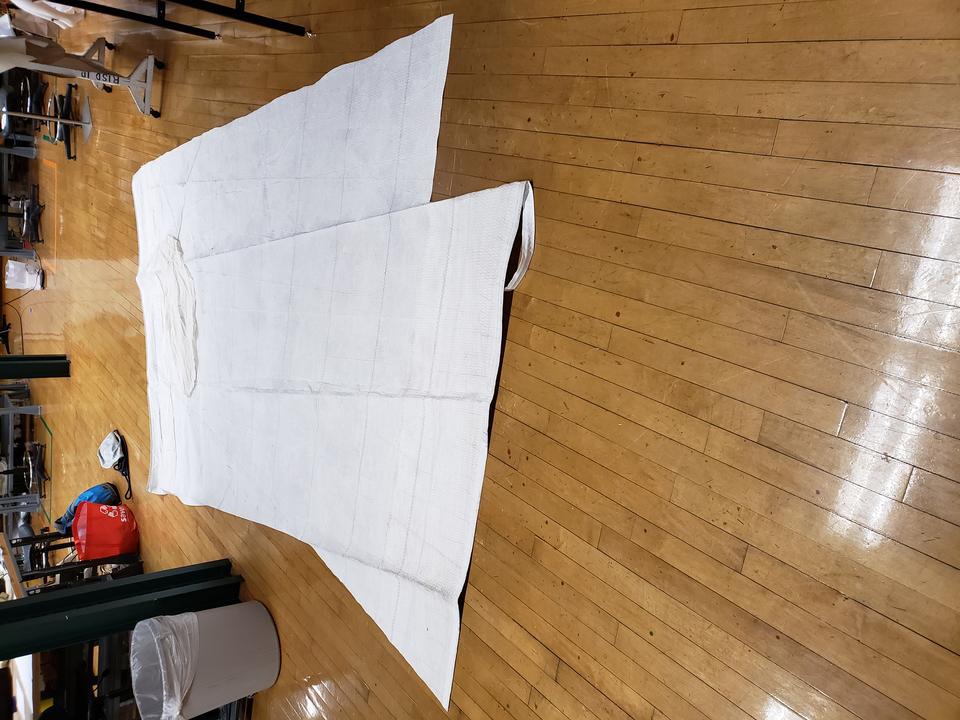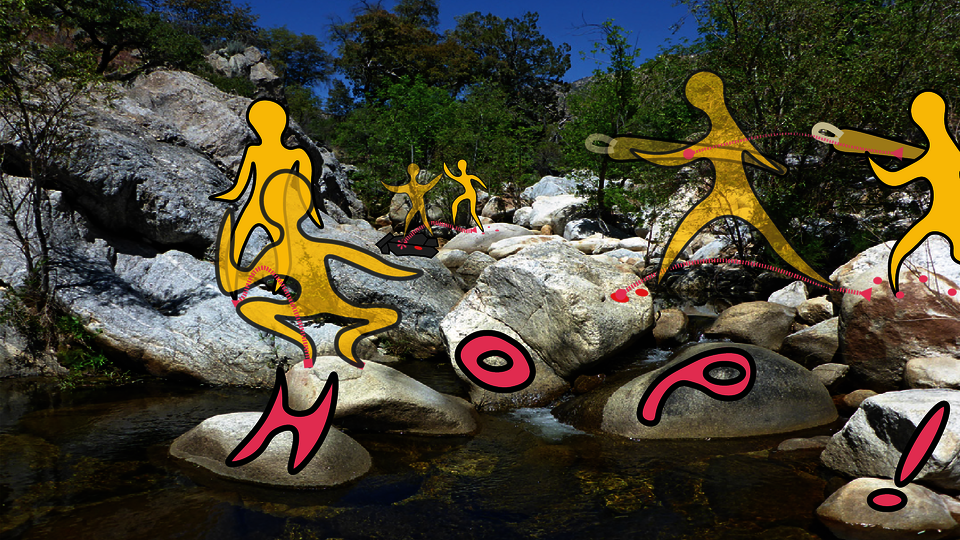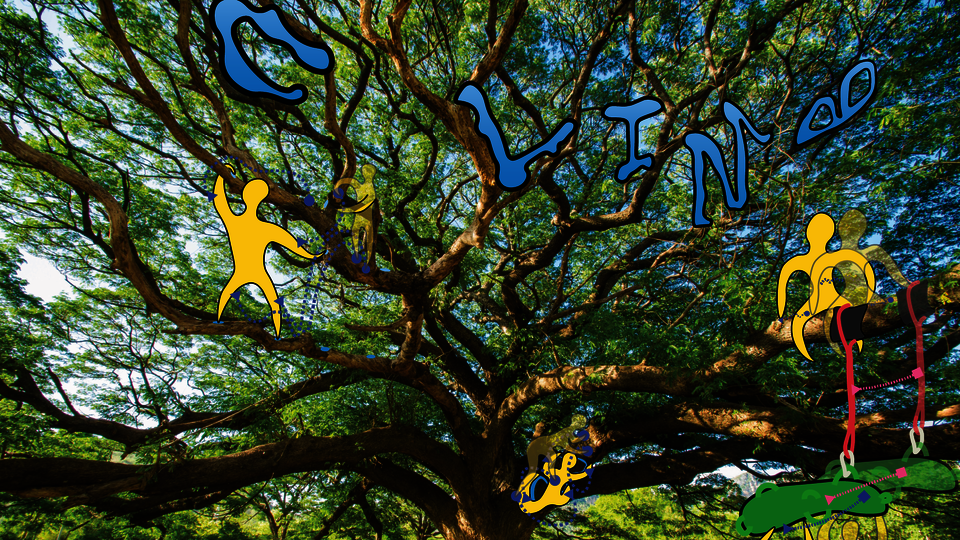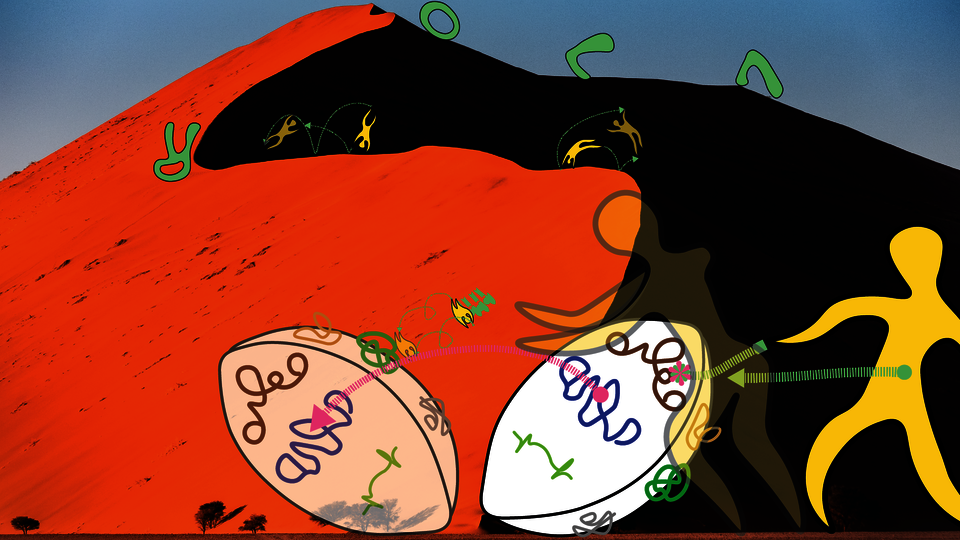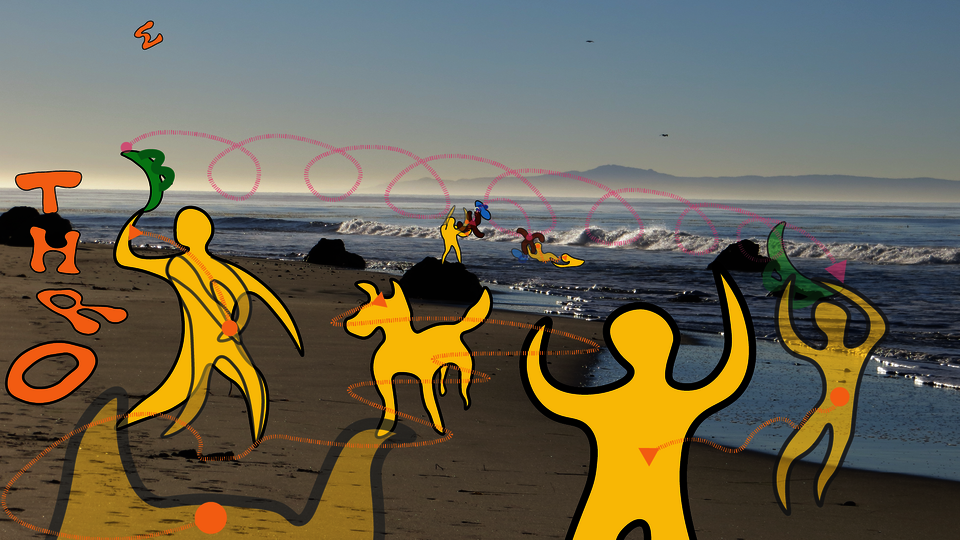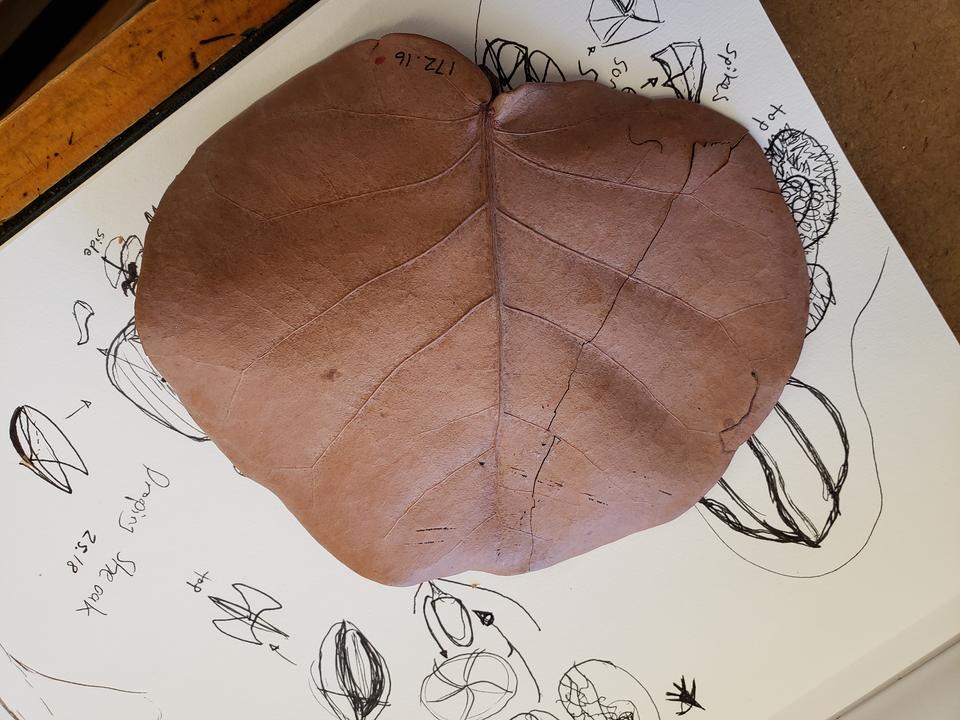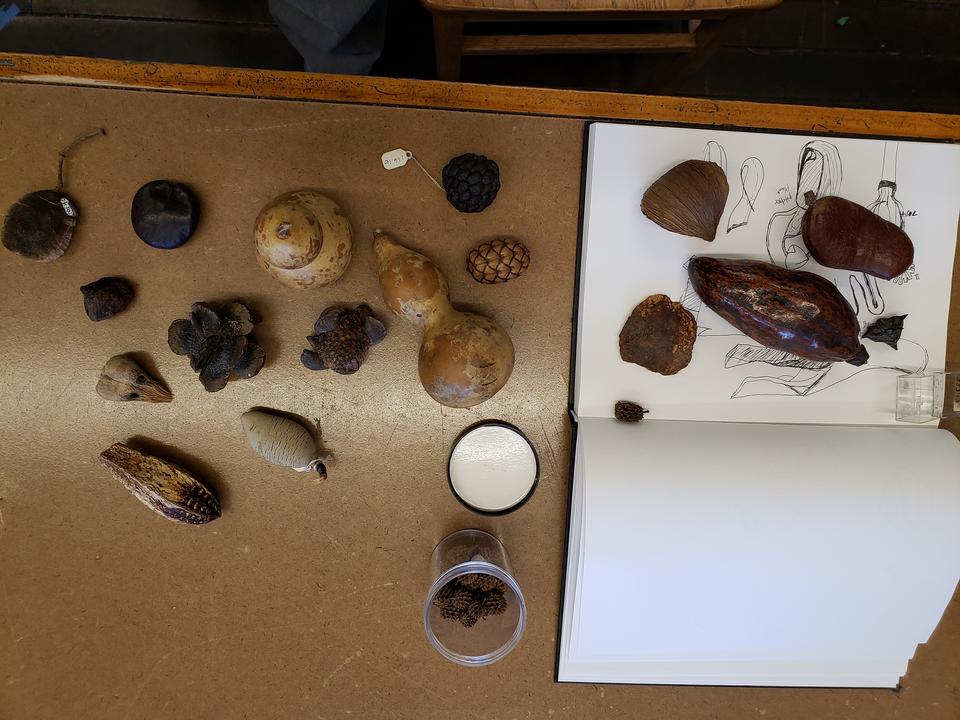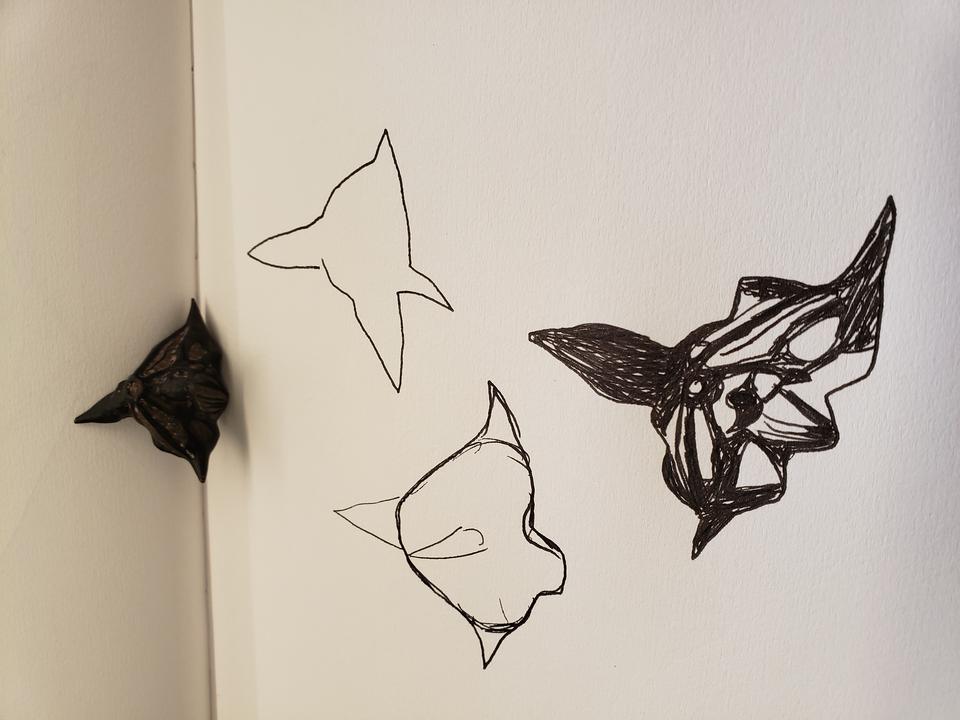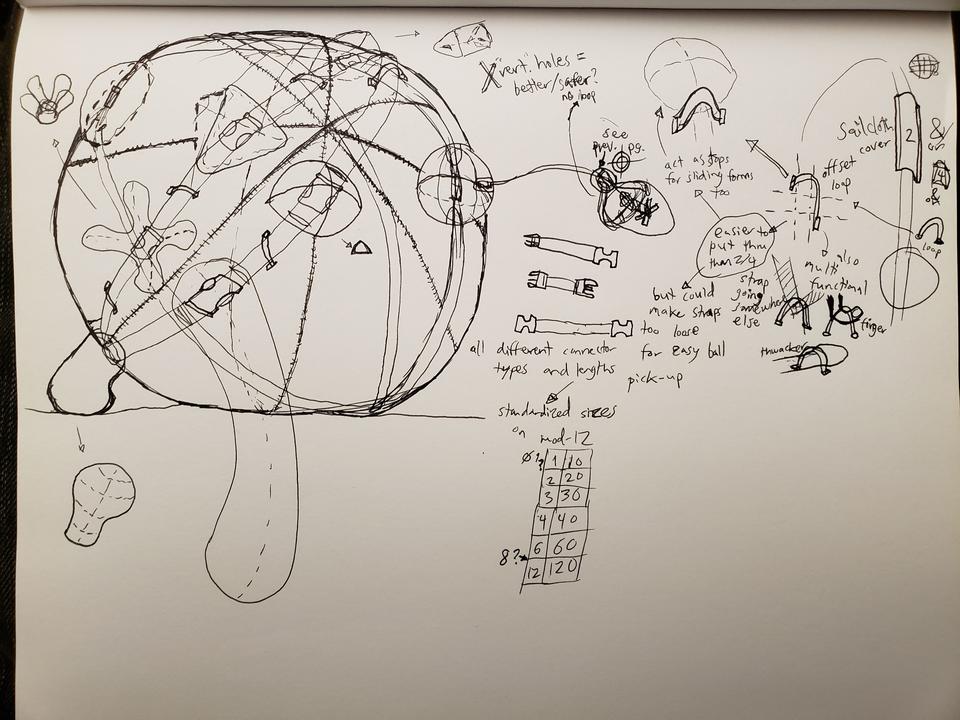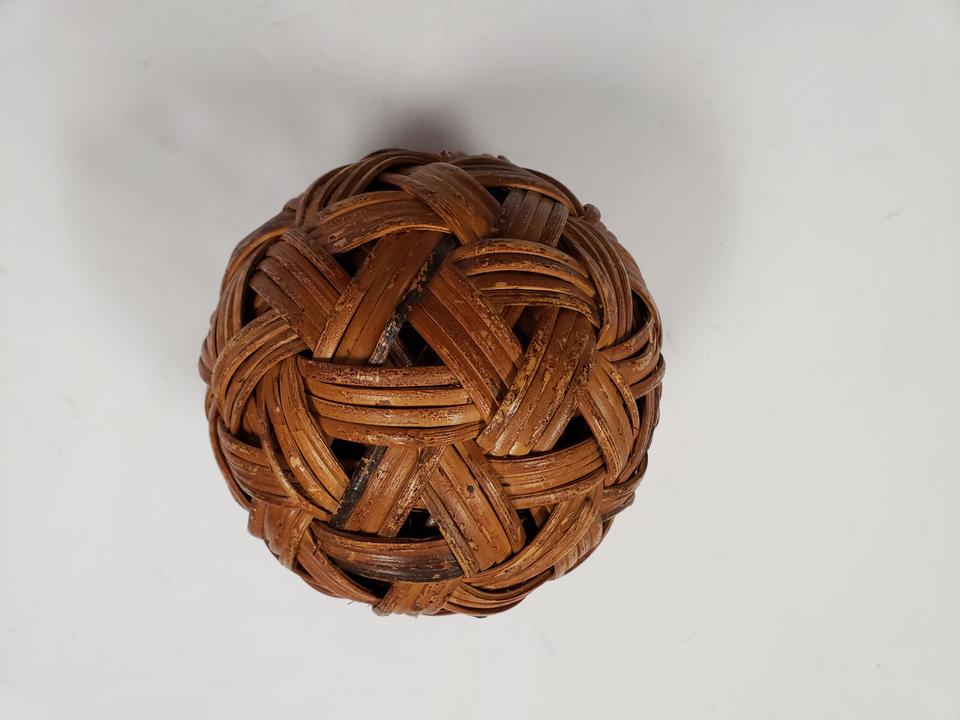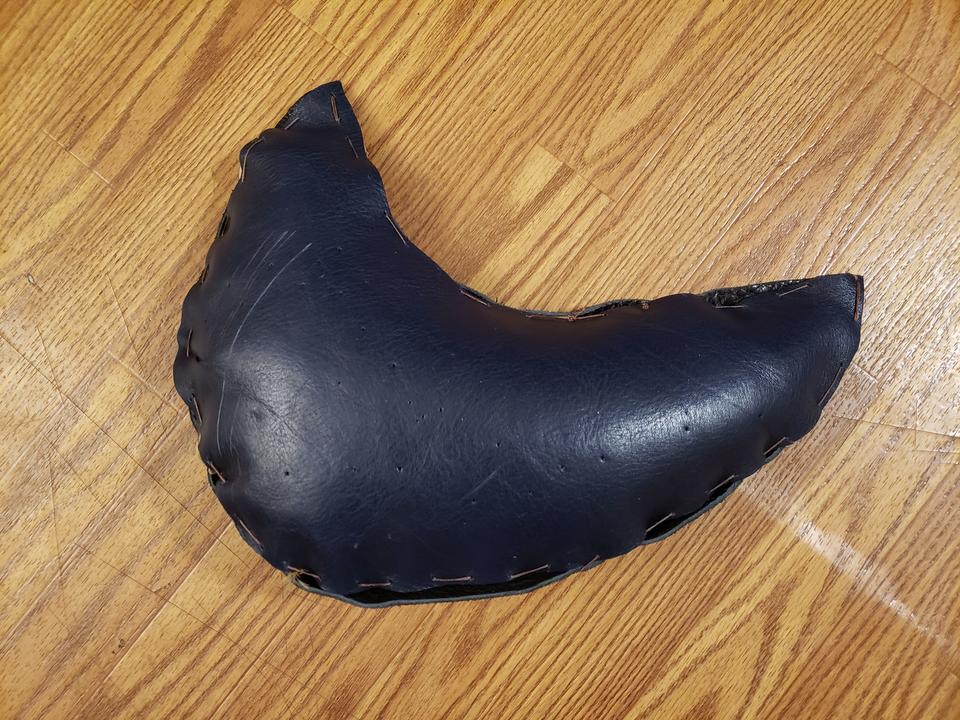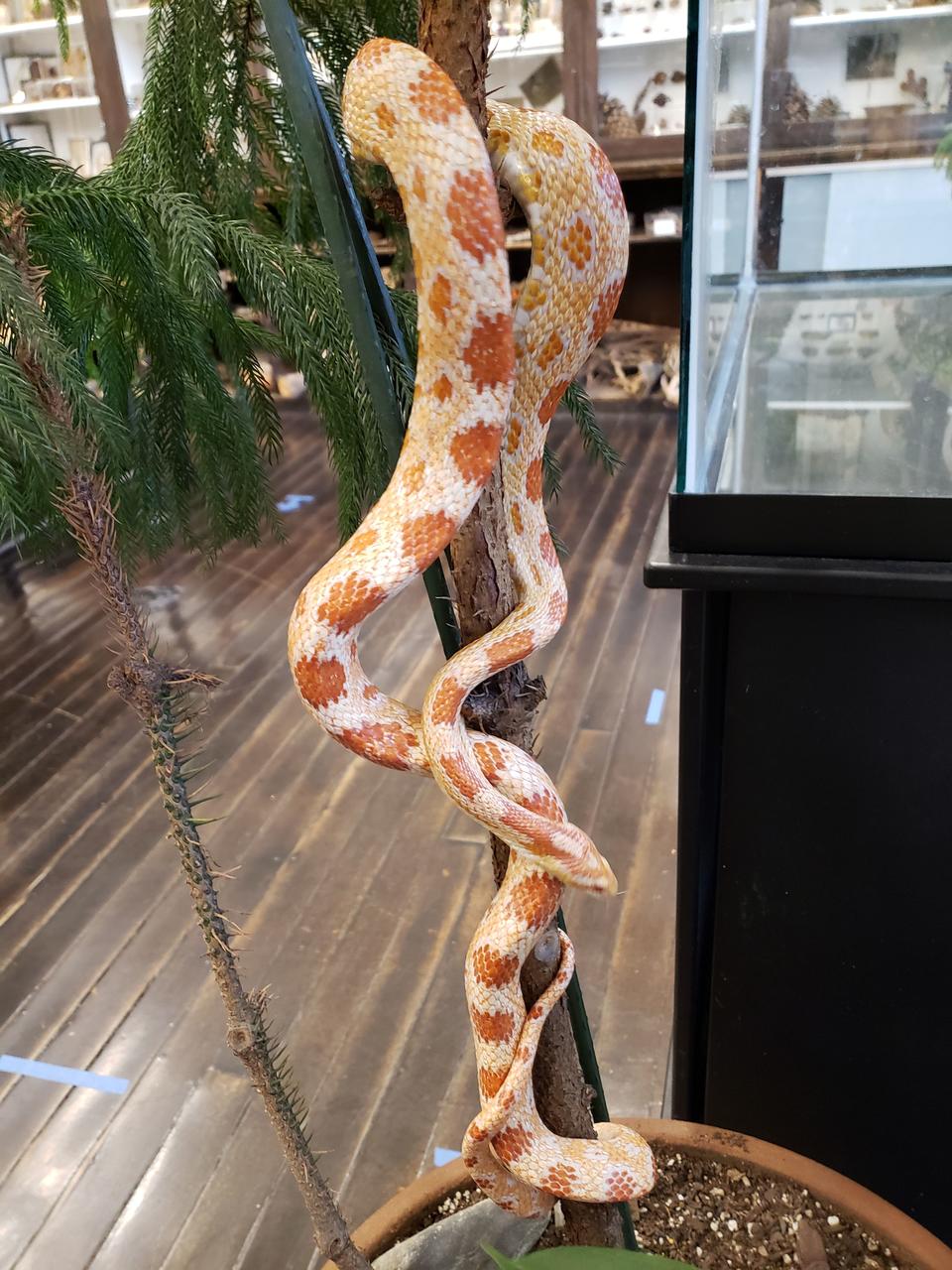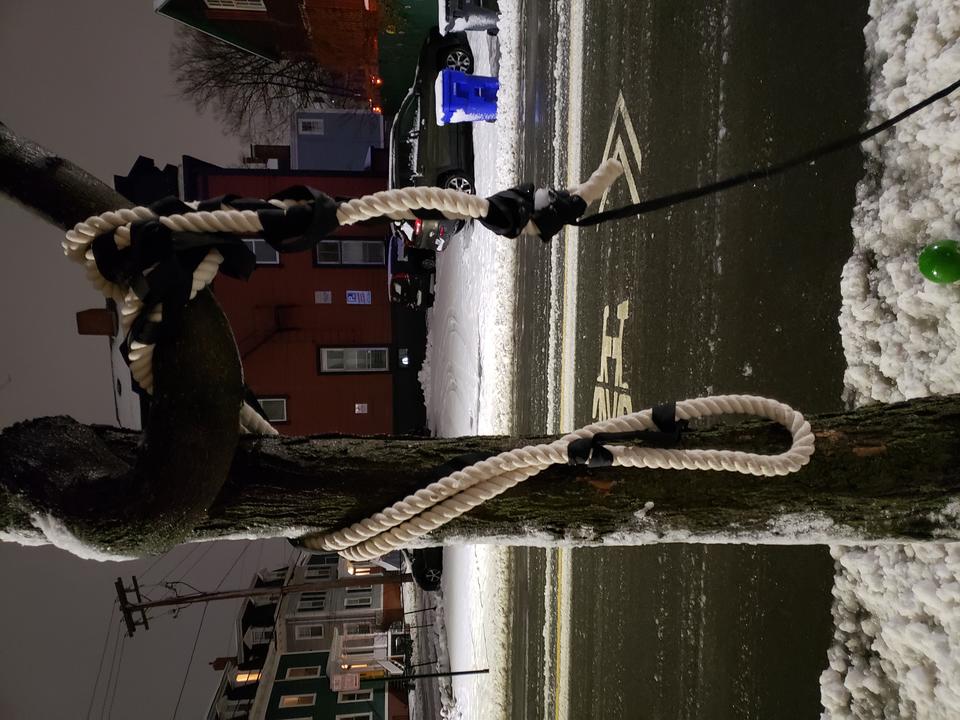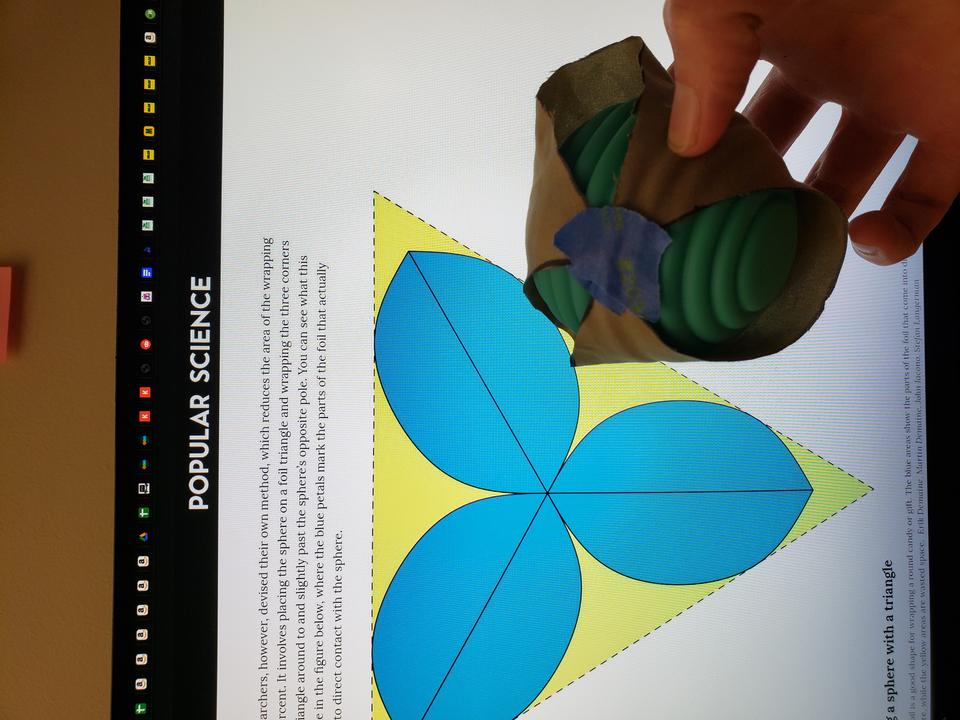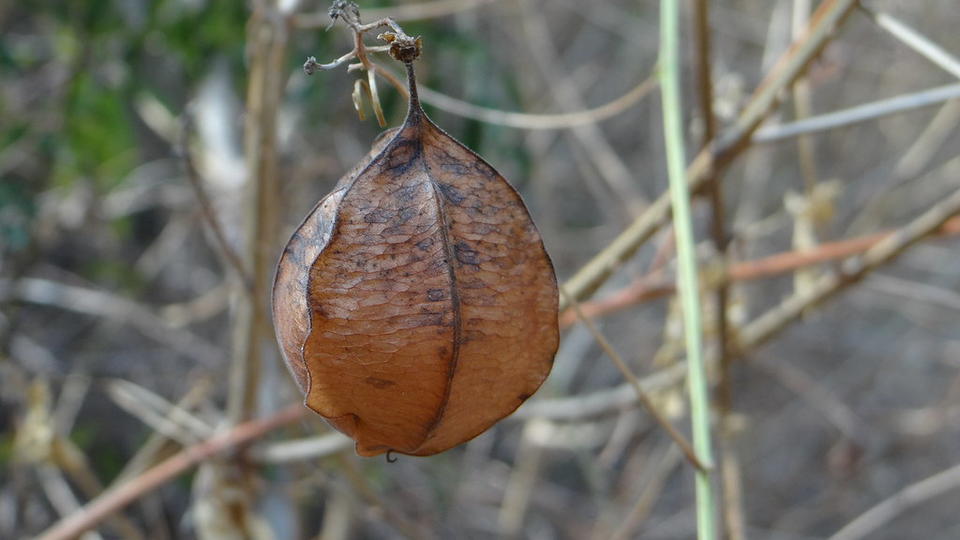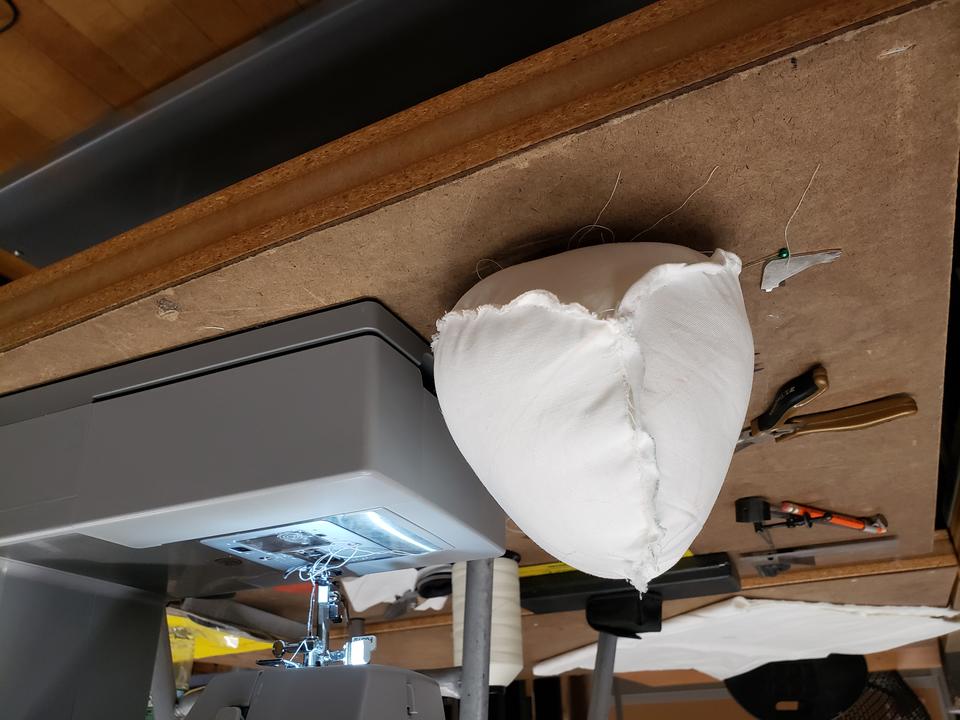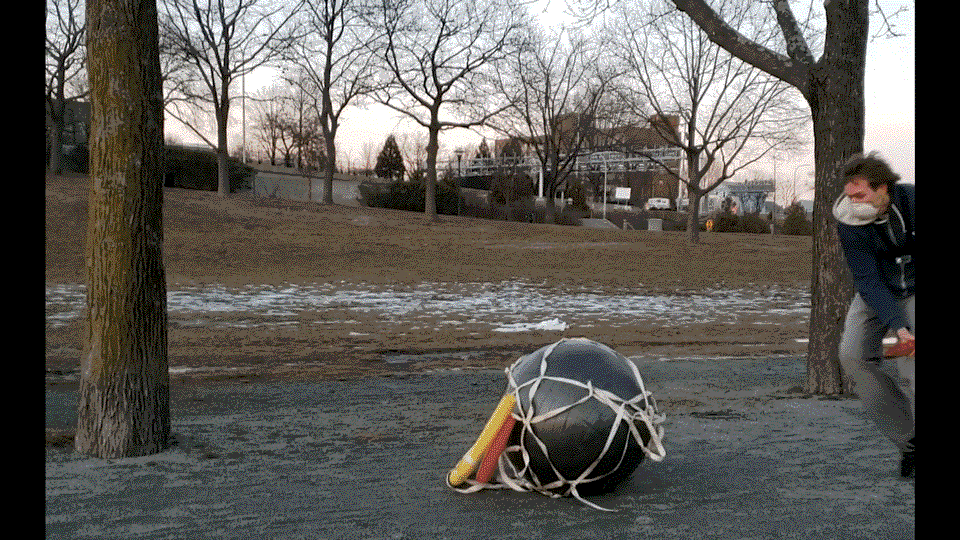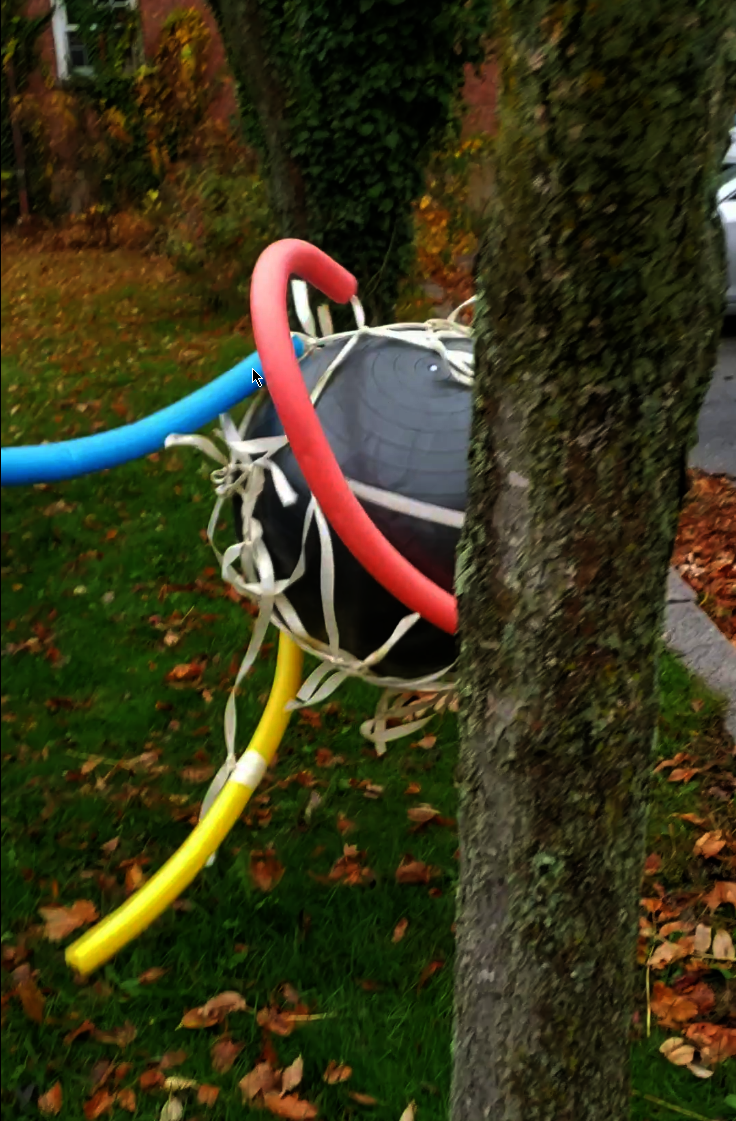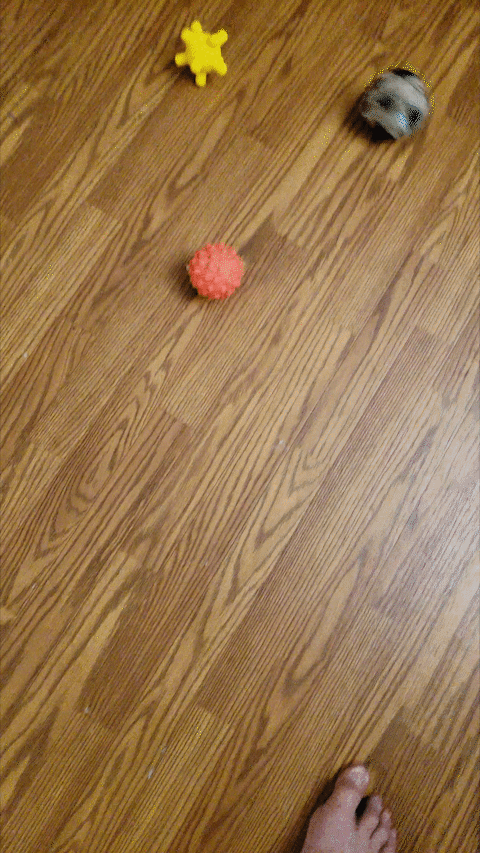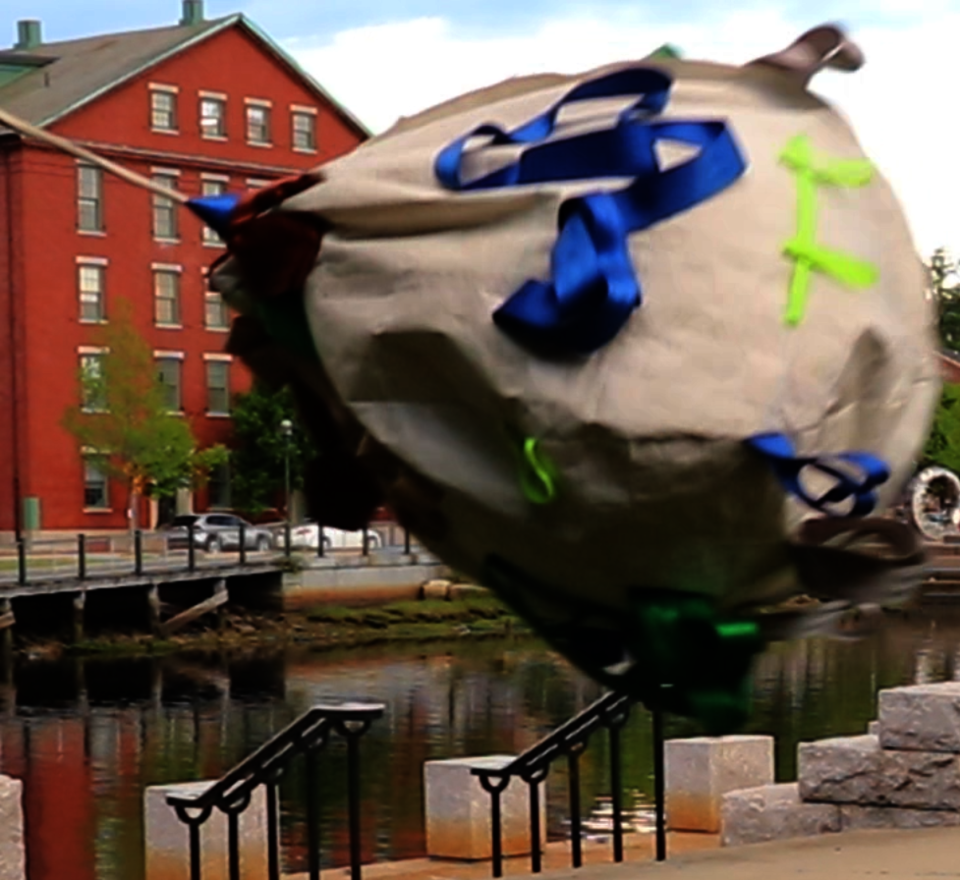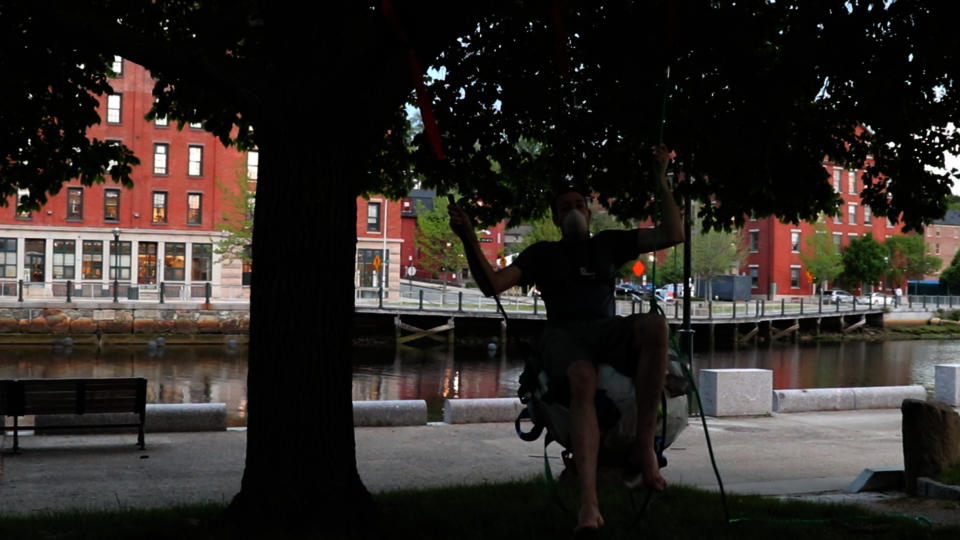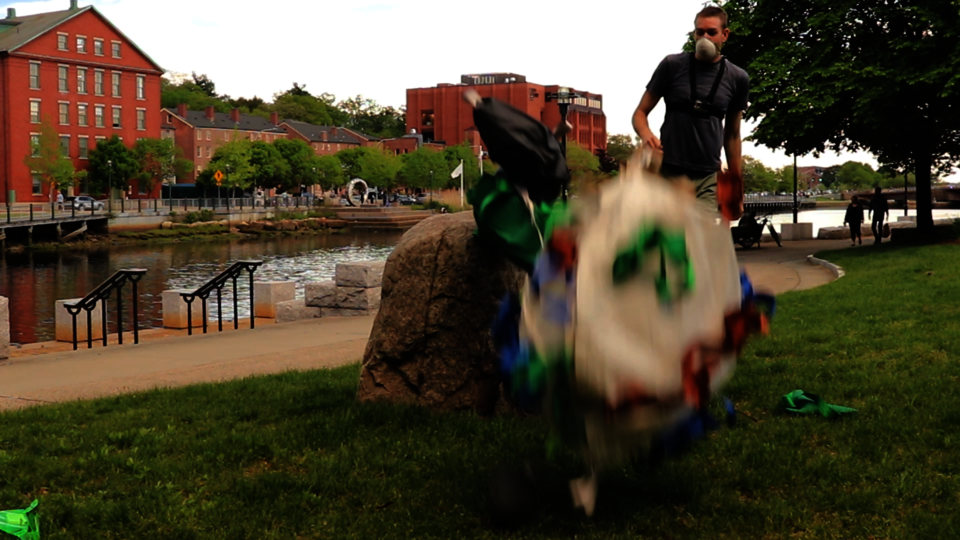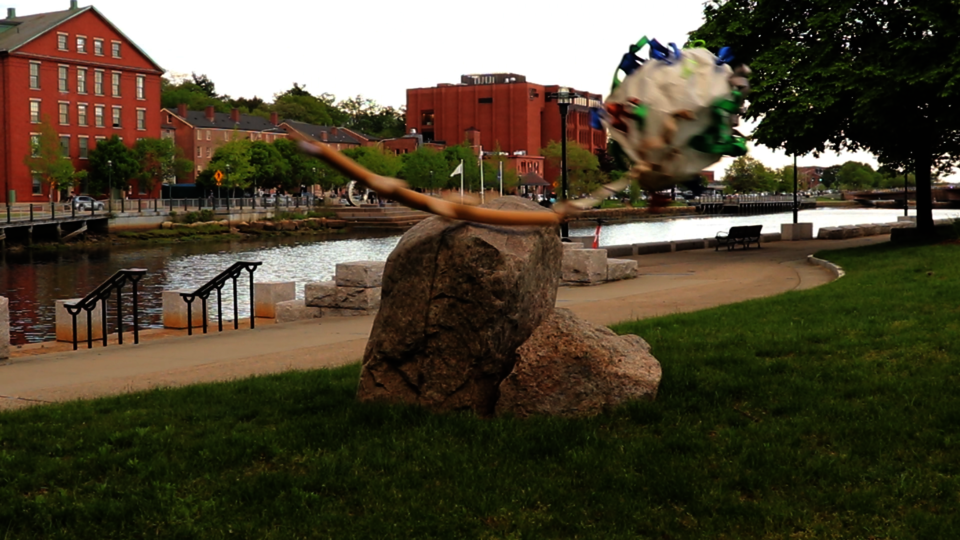Play Demonstration Video
Prototype 2 Playtest
ABSTRACT
Kids are increasingly plagued by what Richard Louv calls Nature Deficit Disorder; the litany of physical and mental health problems that result from lack of free play in nature. Wild Things is a modular toy system designed to inspire children to engage in nature play. Its reconfigurability allows it to vary its form to match the variety of natural forms.
Made of recycled sail material and shaped like a balloon seed pod, the central spheroid acts as a hub for a plethora of smaller forms that can be attached to it or each other via simple velcro straps. The abstract forms are designed to provoke curiosity, while providing as wide a range of play activity as possible.
Play centers around the unexpected in order to build kids’ full-body dexterity through improvisational movement. Dexterity builds creativity, as does the possibility of creating a new toy every play session. Adapting Wild Things to a new environment is a fun exercise in itself. Rewild the backyard, the woods, or the city park, and your kids will follow!
Gallery Walkthrough
Image
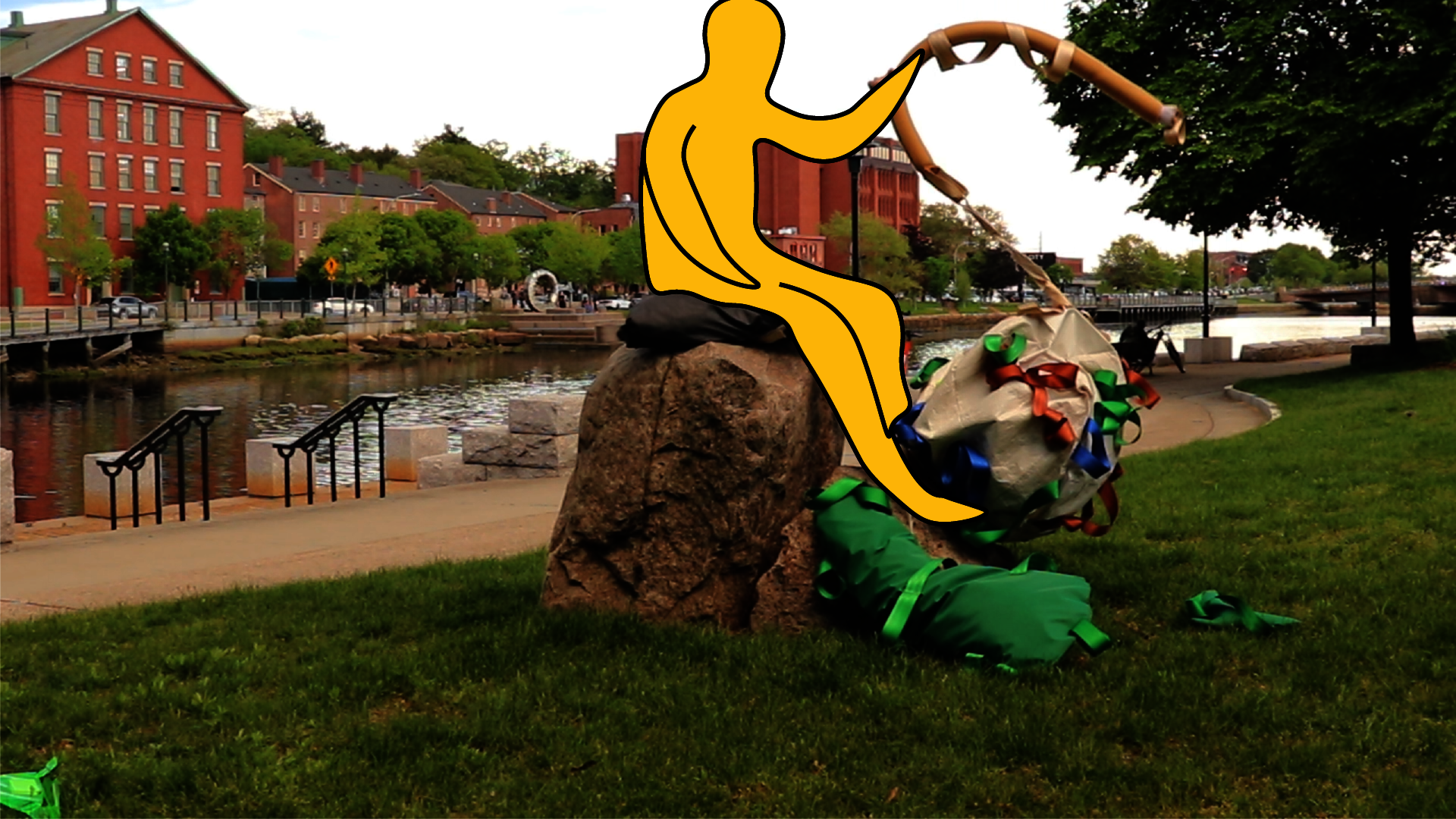
DESIGN PRINCIPLES
Through my research and prototype making, I arrived at a set of design principles to help guide decision making in the final design process. They are listed here with examples of how they were applied to the final design.
Variety - Maximize the variety of forms, textures, and haptic interactions. I tried to capture the endless variety of natural structures I observed both in the Nature Lab's specimen collection (seedpods, bones, plants, animals) and outdoors through nature play and exploration.
Variability - Maximize the variability of individual pieces, using continuous curvature, procedural generation, and multiple/composite materials. The big gray "rock" is an example of procedural generation, as it was sewn from the random folds and creases formed by a draping a single square sheet of cloth, without a traditional pattern or plan.
Unpredictability - Movement of the object should be unpredictable, and forms should not have obvious interactions. The form of the balloon seed pod is almost-but-not-quite-round, and therefore results in rolling behavior that isn't easily predicted. The webbing and any attached toys also add structure that has uncertain effects on rolling.
Modularity - Maximize the quality of interactions between pieces, then maximize quantity if possible. All of the wild things are fully functional toys on their own, but they are also all able to connect to each other via velcro straps (or rope) and webbing attachment points.
Intensity - Maximize the amount of senses and bodily structures involved in any given interaction. The large (relative to 6-10 year old children) scale of the biggest wild thing is designed to make full-body play a mandatory part of interacting with it. This challenges and builds strength as well as dexterity.
Making Process Photos
PLAYFUL ACTIONS
These illustrations demonstrate various movements through nature play and how the toys might be integrated into them.
Images
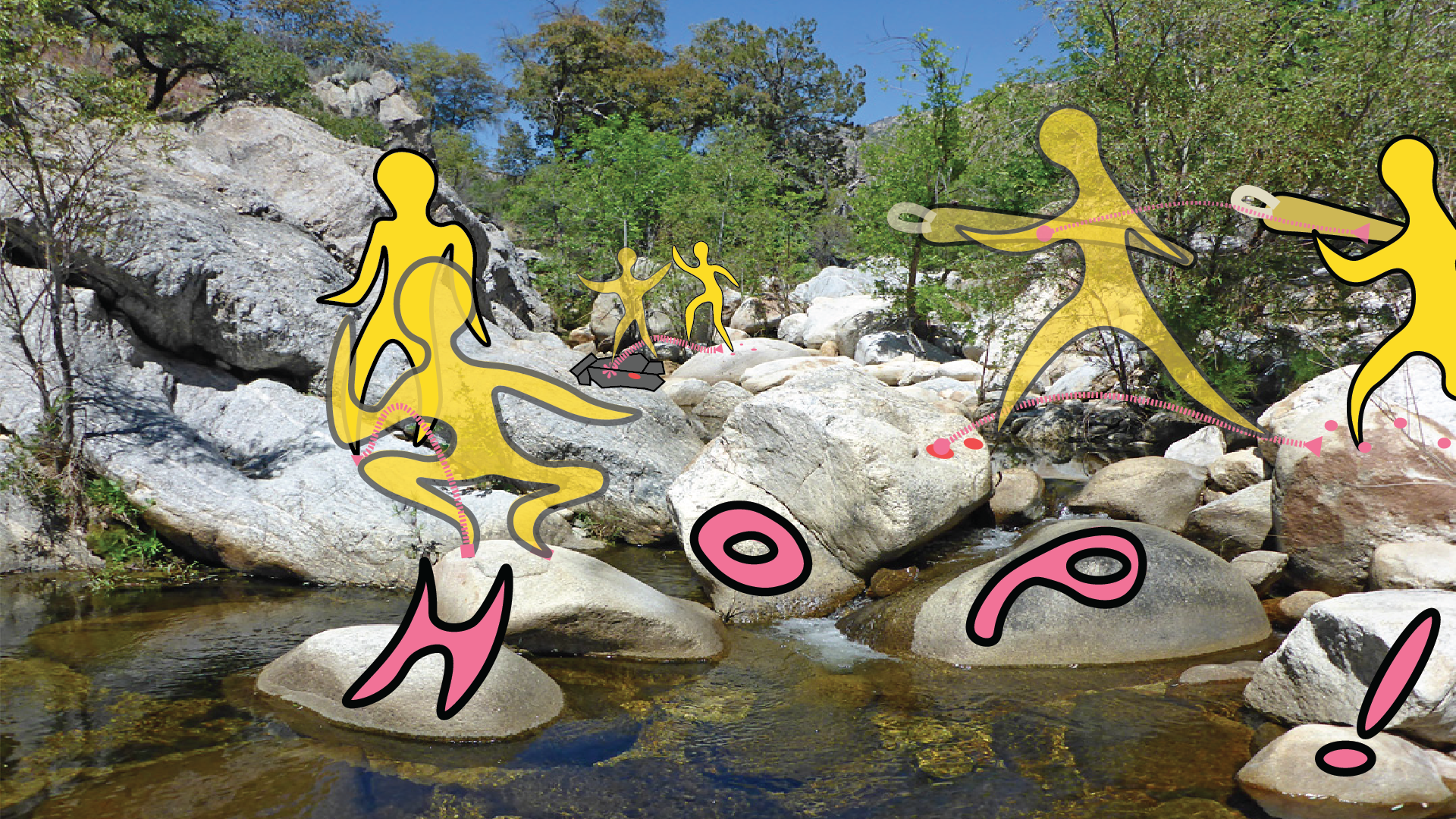
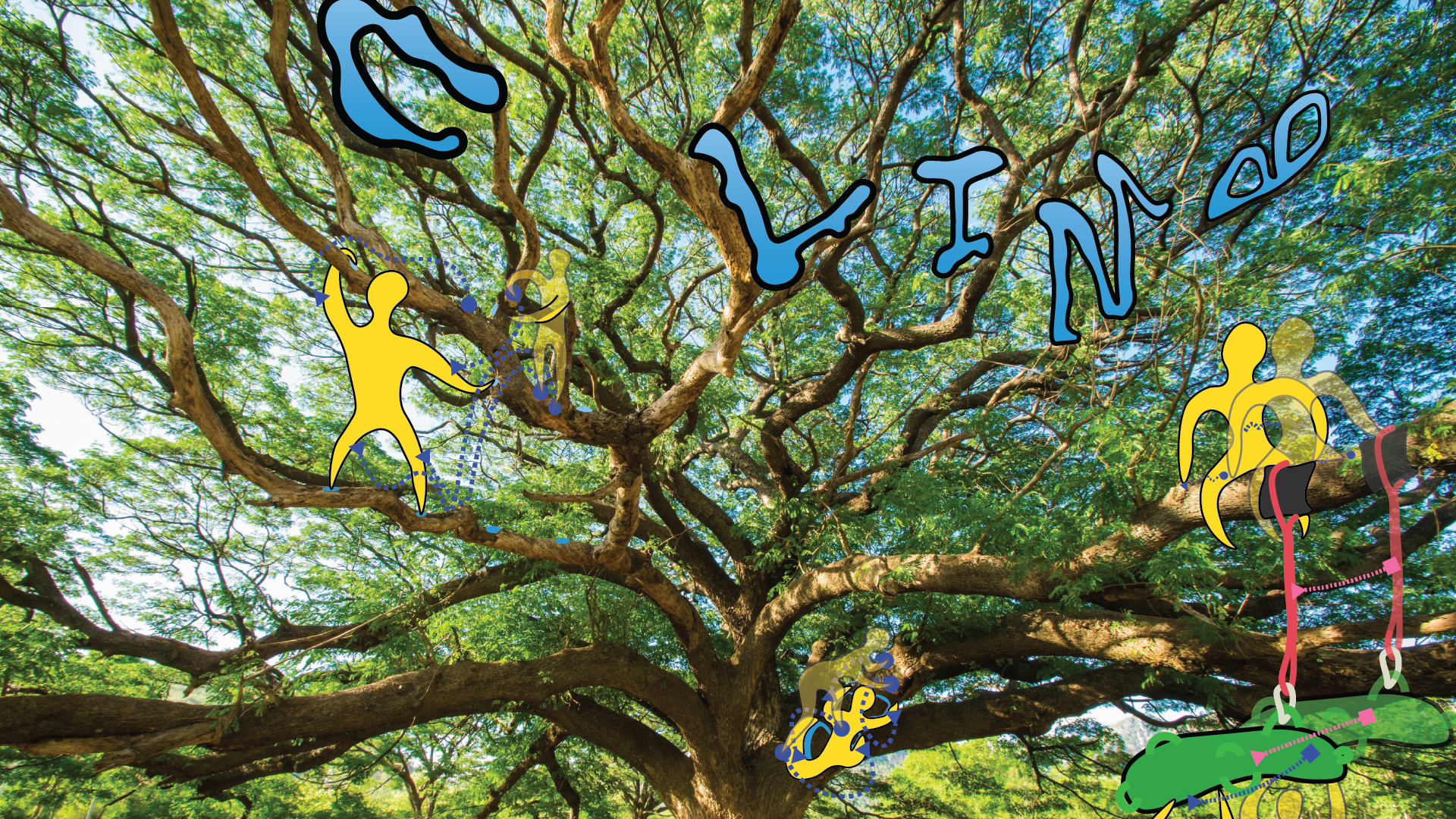
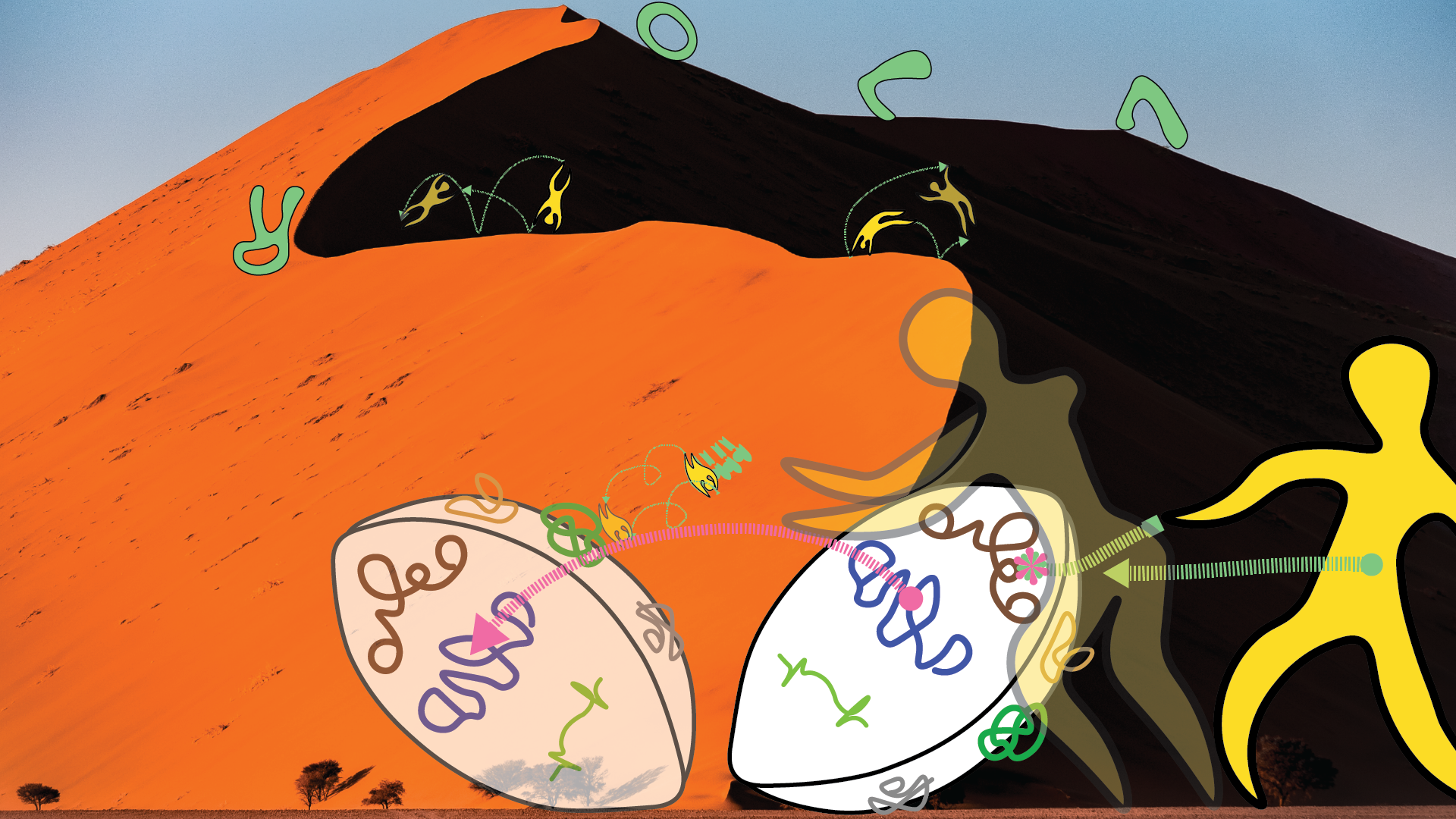

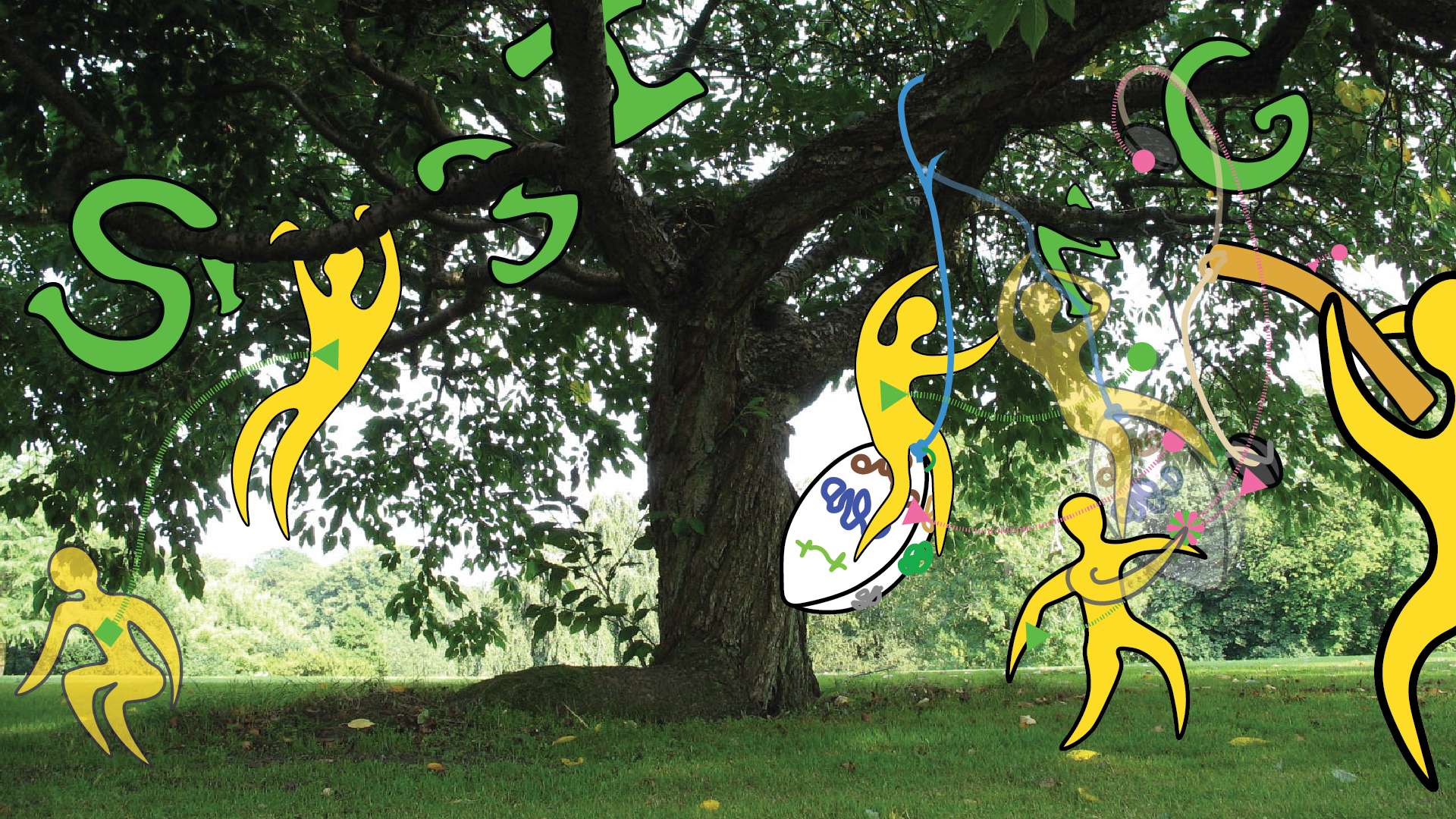
Image
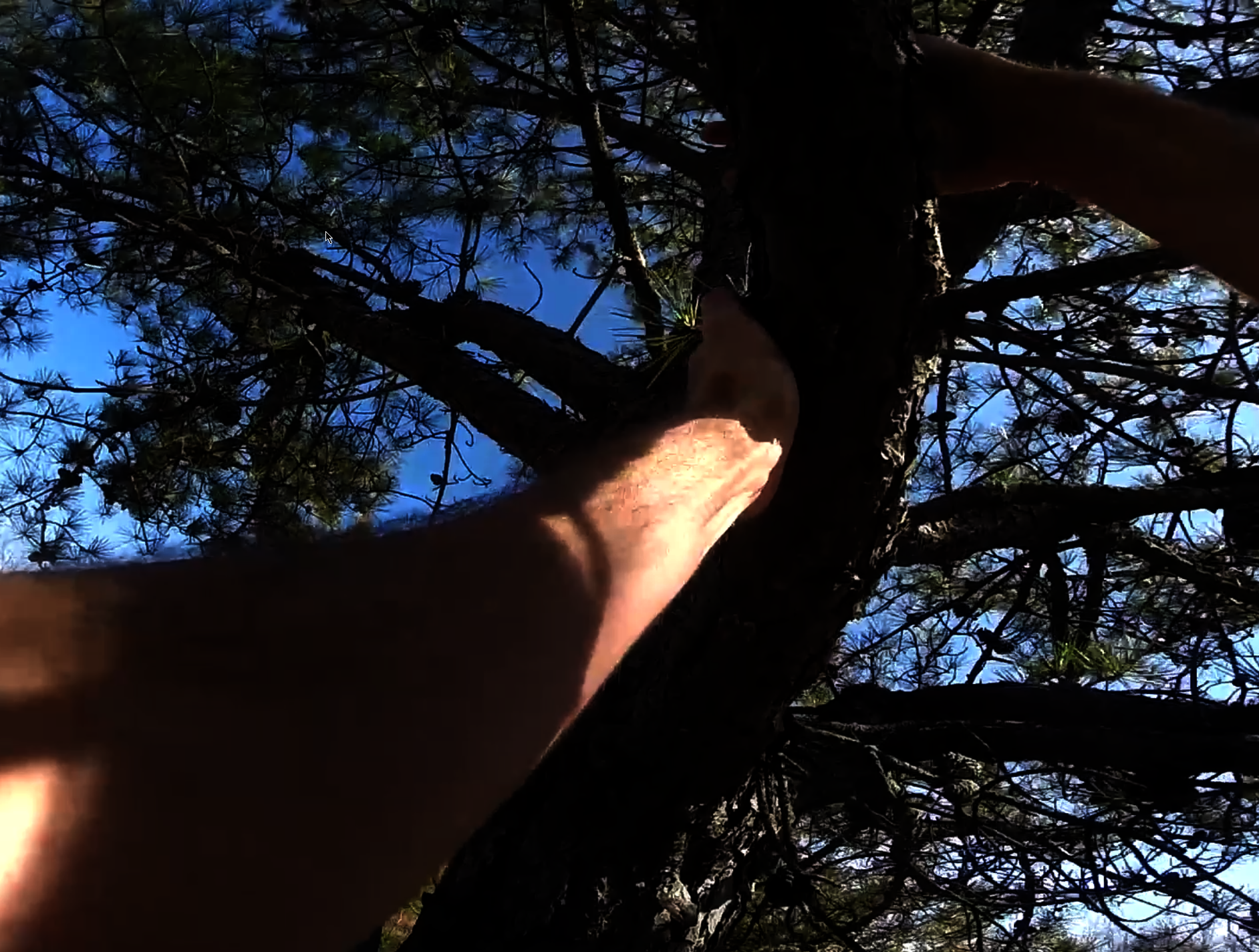
Image
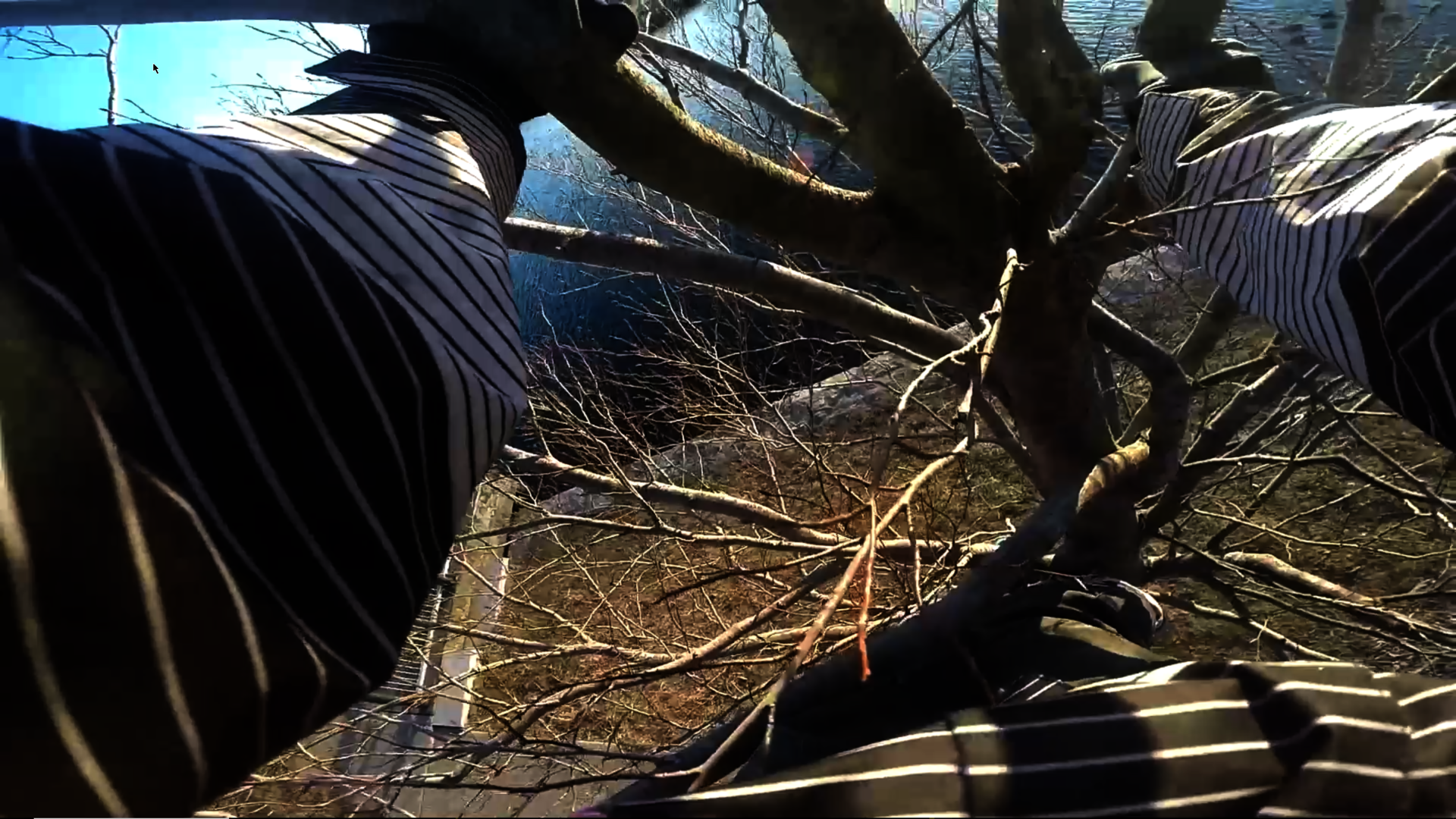
Image
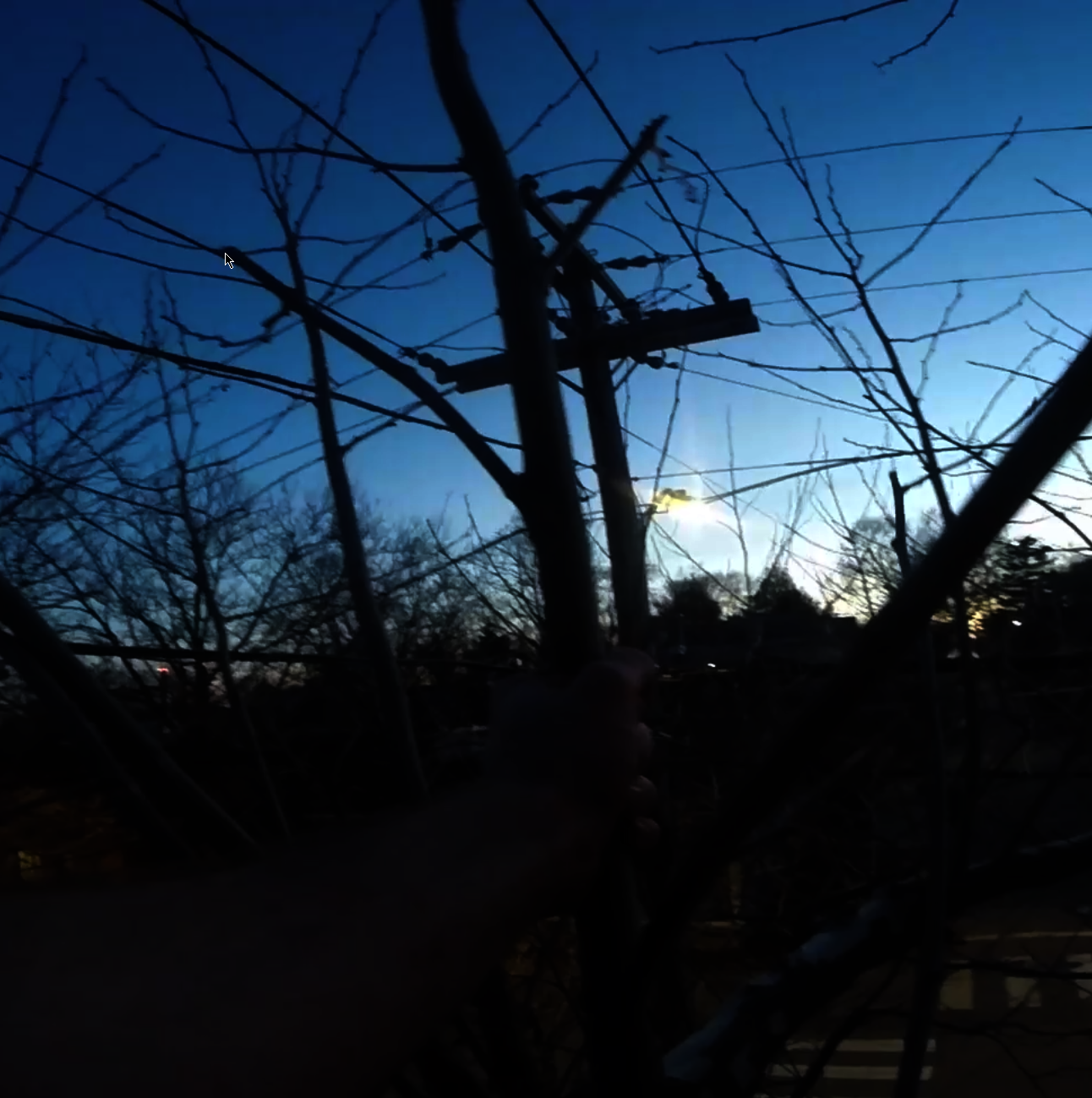
PLAY RESEARCH:
CLIMBING
I have been climbing a tree every week for research.
In fact, this research has been more important than any of the books or articles I read.
Active research is a key part of my process. By that I usually mean play.
If I am going to design toys for nature play, I need to engage in nature play myself to understand it. This one-to-one bodily empathy through direct experience is a key ingredient of good design.
As a phenomenal experience, climbing is primal, beautiful, and innately pleasurable. It has been, and always will be, a part of human childhood play.
As Bernstein noted, human dexterity is part of a long and intricate dance of life in motion. The monkeys and apes who are our family learned long before we existed how to grasp a branch properly, how to swing through the canopy, slide down a trunk, and rest in a fork between two limbs. And first, of course, the trees had to learn to grow themselves, turning a seed, CO2, water, and soil minerals into a supporting structure for further photosynthesis. Breathing out oxygen into the atmosphere we breathe in.
Image
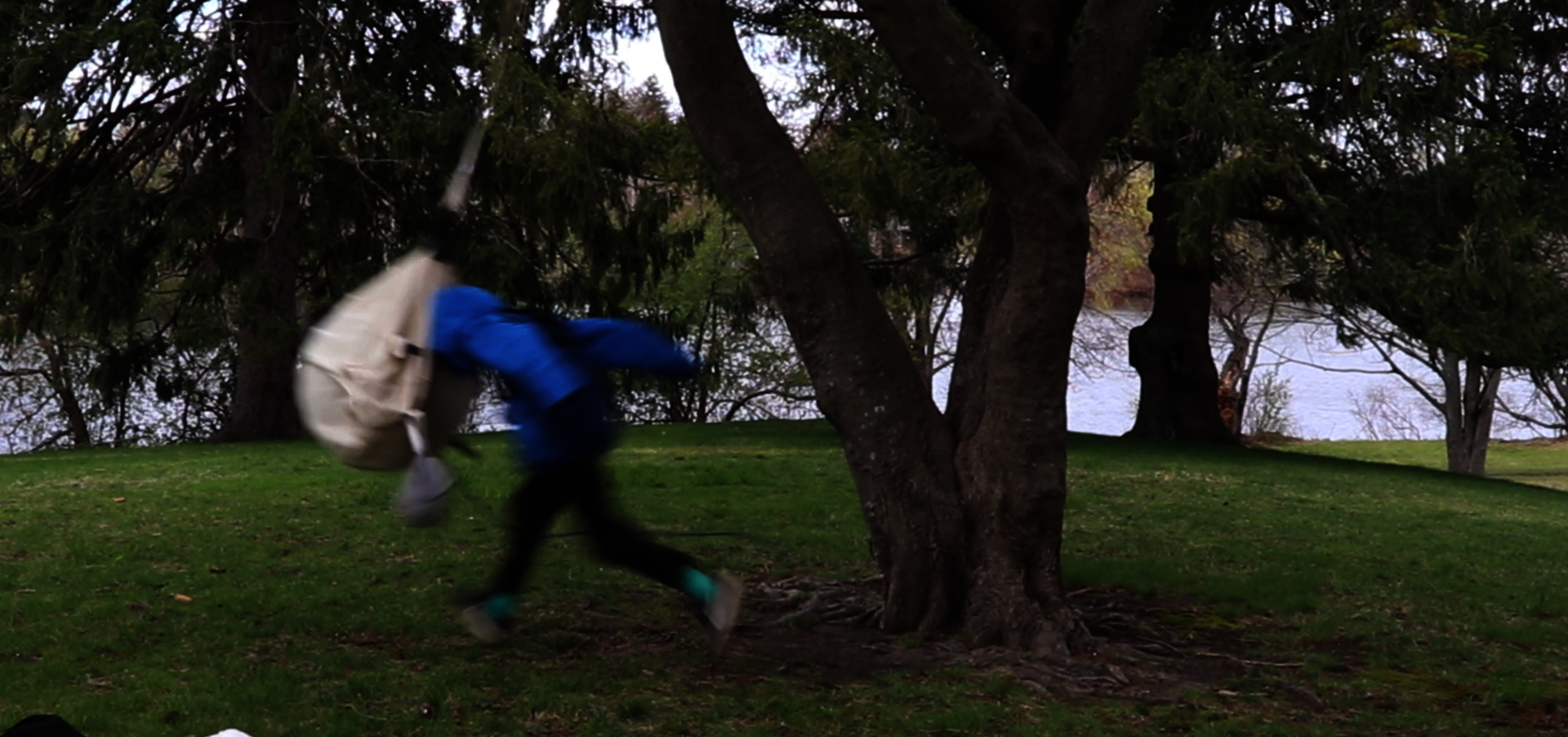
Image
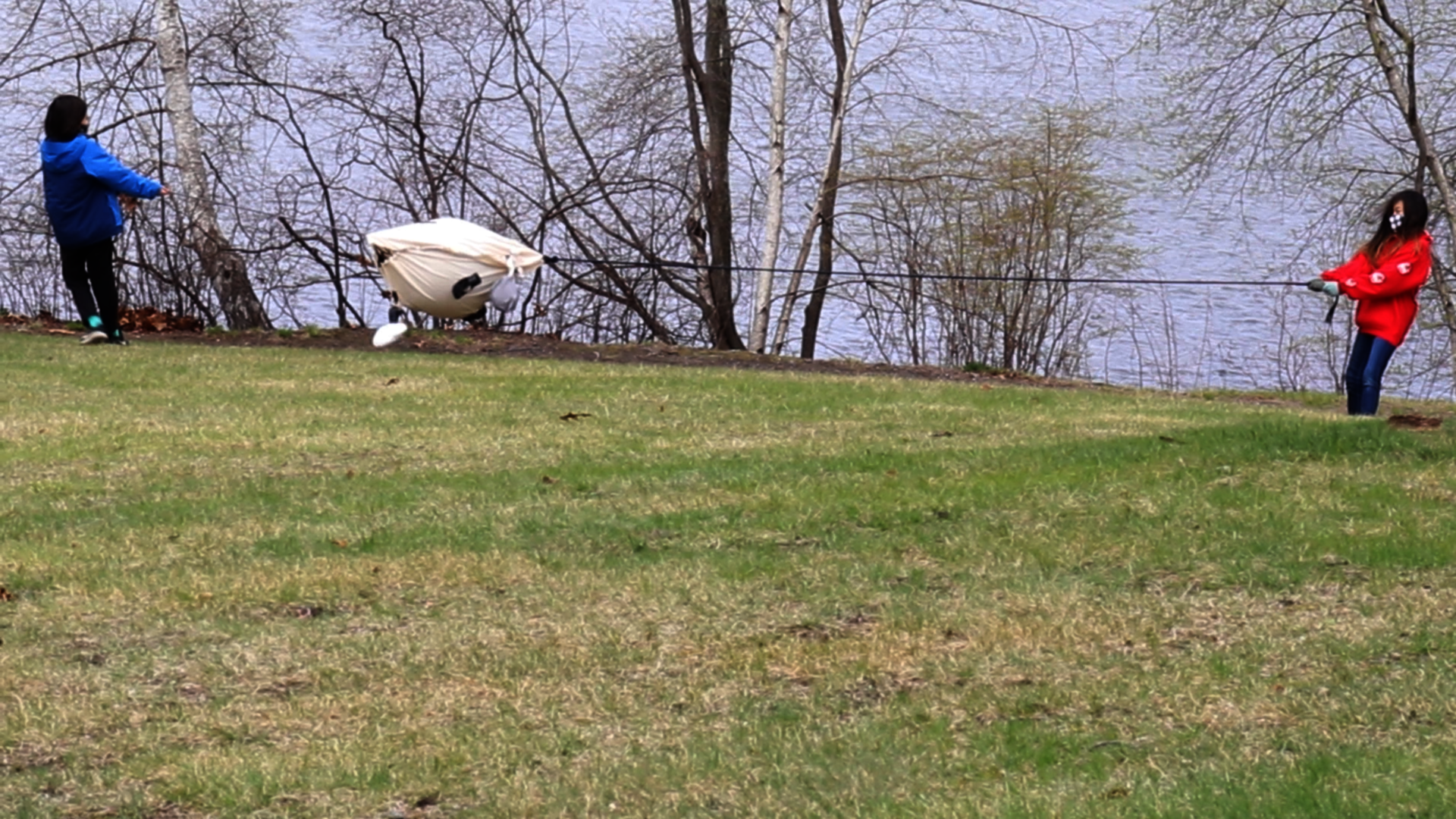
The second prototype being playtested. After analyzing the number and types of actions from the first prototype, success was defined as the variety, intensity, and nature-relatedness of play activities. All of these improve development of dexterity.
DEXTERITY
One of my goals is to build children’s dexterity through my toy’s design.
Famous Russian physiologist Nikolai Bernstein defines dexterity fully on page 228 of his classic book Dexterity and It’s Development:
“Dexterity is the ability to find a motor solution for any external situation, that is, to adequately solve any emerging motor problem
Correctly (i.e., adequately and accurately),
Quickly (with respect to both the decision making and achieving a correct result),
Rationally (i.e. expediently and economically), and
Resourcefully (i.e., quick-wittedly and initiatively).”
As Bernstein says, “dexterity is exercisable…Dexterity accumulates with motor experience” (232)
He denotes a bewildering variety of types of dexterity and associated actions:
“It is possible to be dexterous in any sport; dexterity is required in all types of wrestling; one can be dexterous in any professional skill; finally, one can dexterously dress, button, brush hair, launder, and peel cucumbers. In each of these actions, from the most refined to the very common, dexterity is nurtured and better exercised when more deliberate variations and unexpected obstacles take place.” (233, emphasis mine)
This is one of the great benefits of free play in nature, as a variety of movements builds better motor skills than responding to static, unchanging playground structures or hard plastic toys. By promoting nature play I am already starting from a good spot, but I also want my toy to provide dexterity on it’s own. And resist reducing the dexterity of play it provides in cooperation with nature.
For this reason I have focused on the idea of improvisational response to unexpected motion. This means providing that unexpected motion through physical form.
Form-Finding Process: Inspiration from Nature
Image
